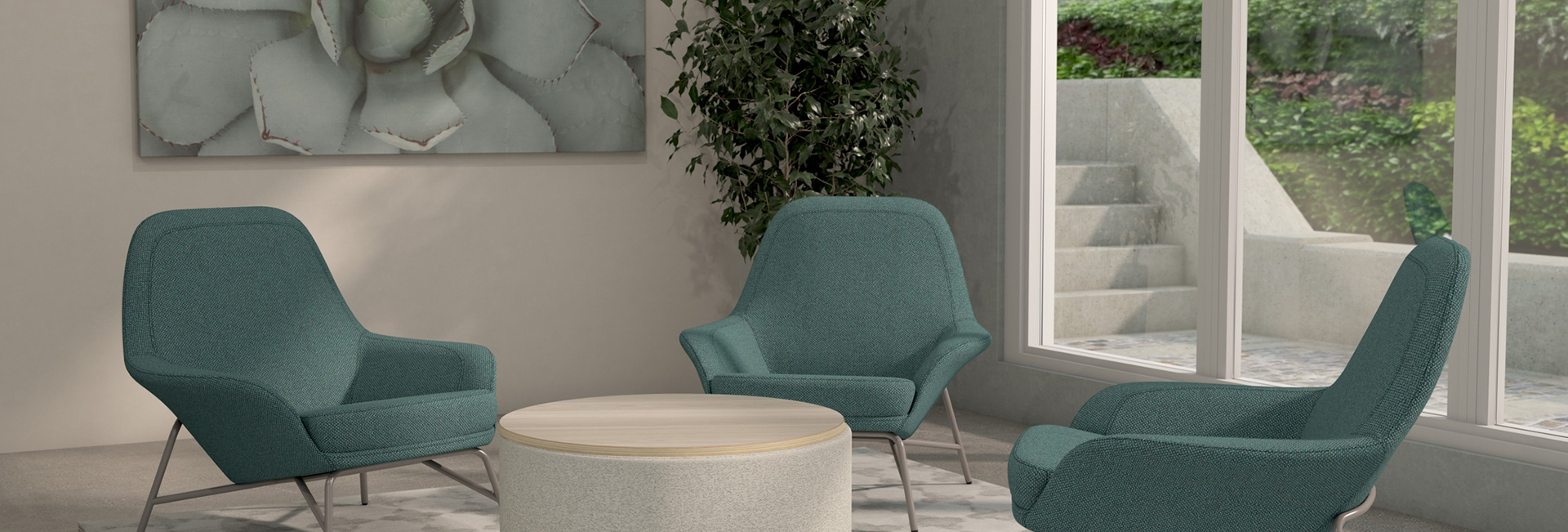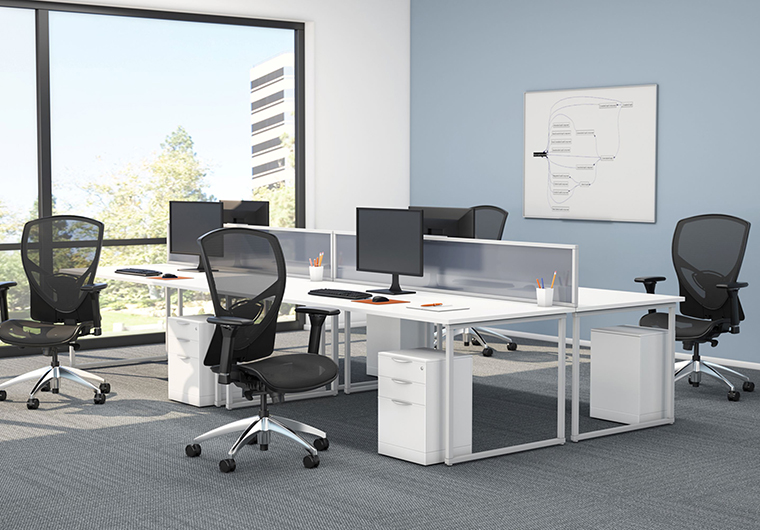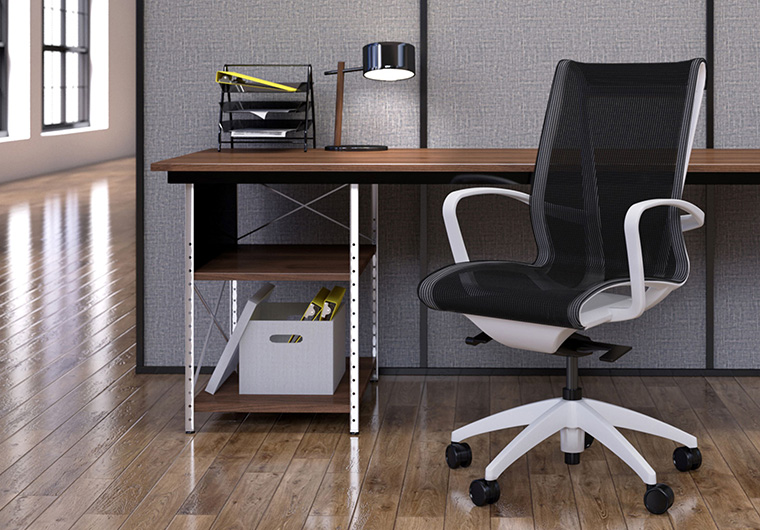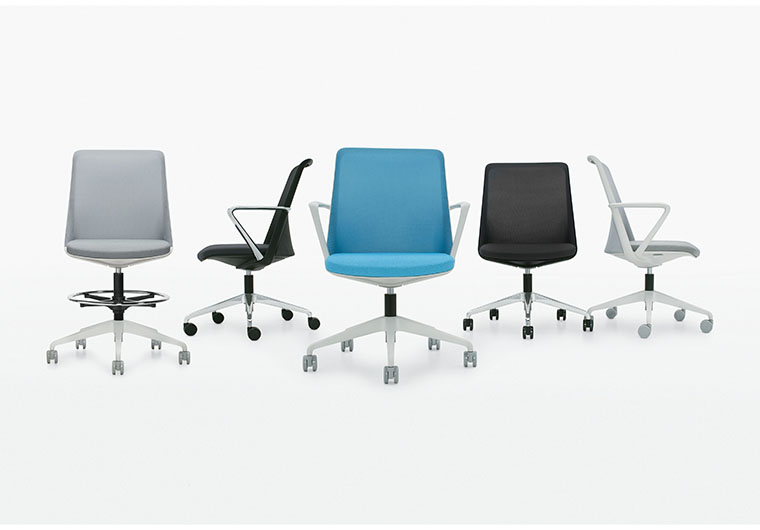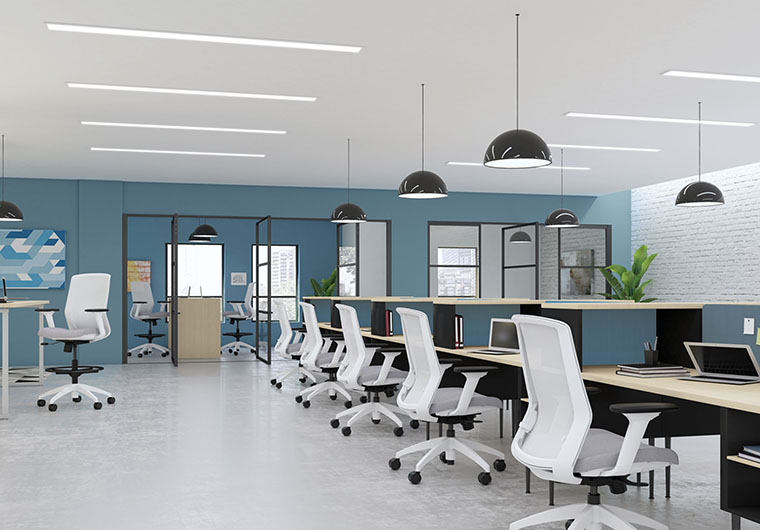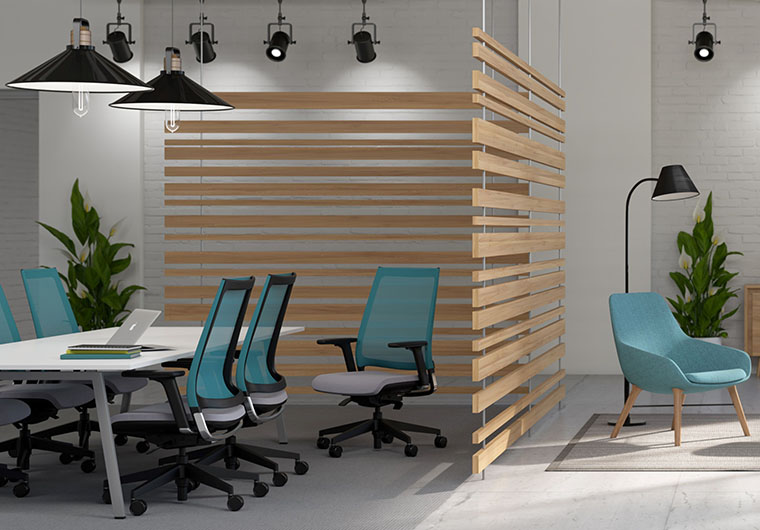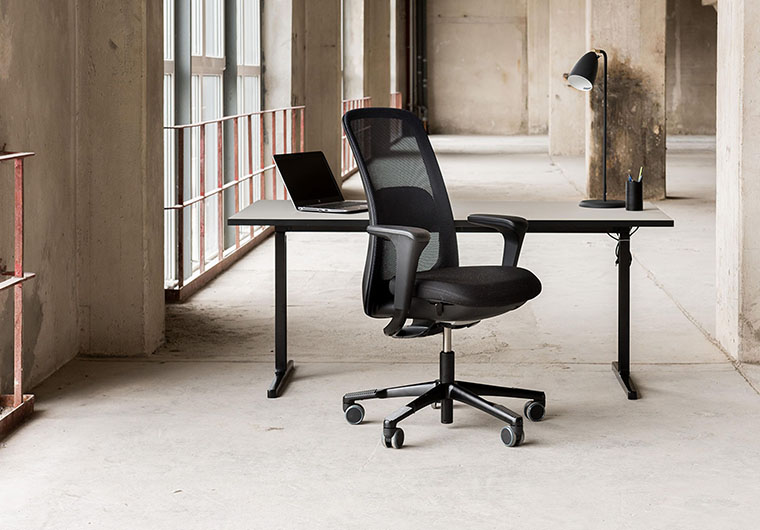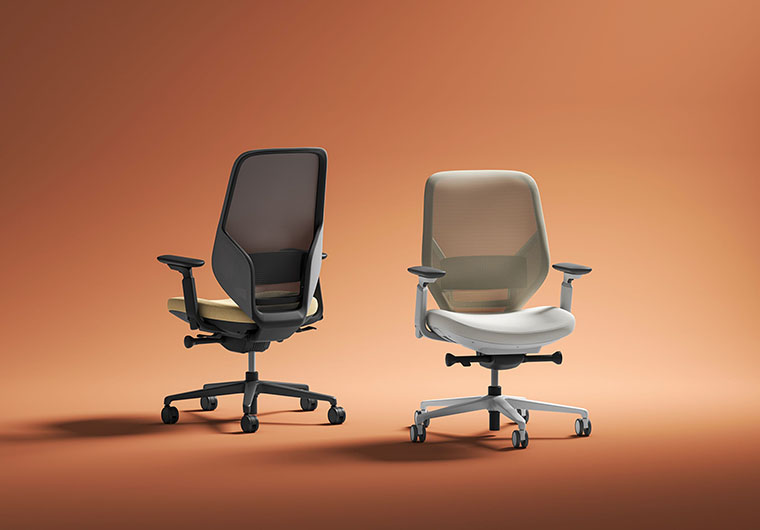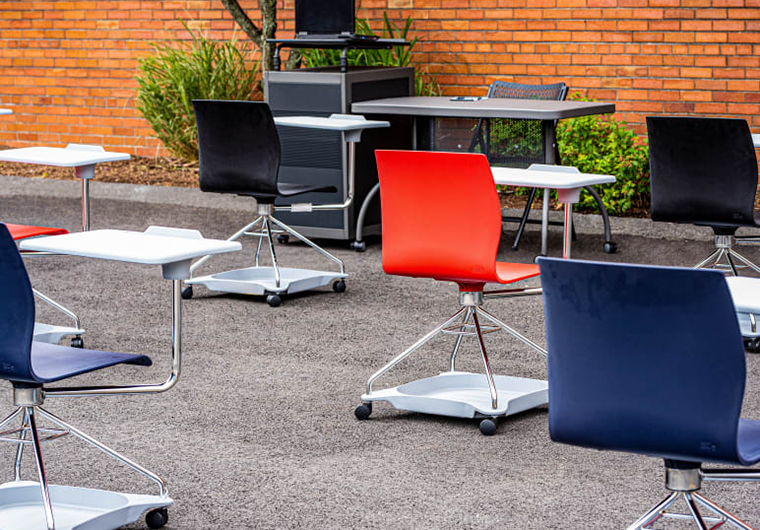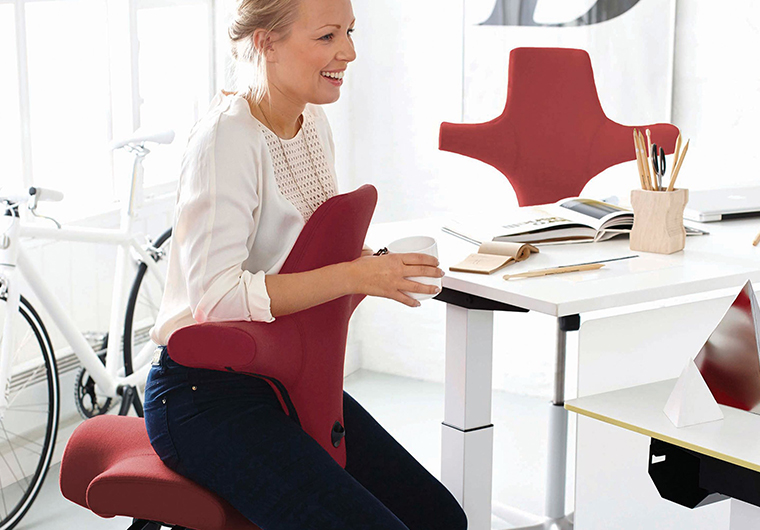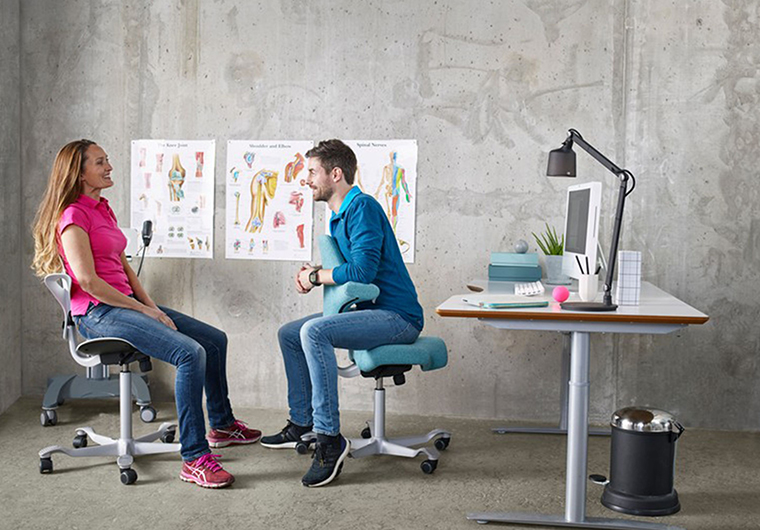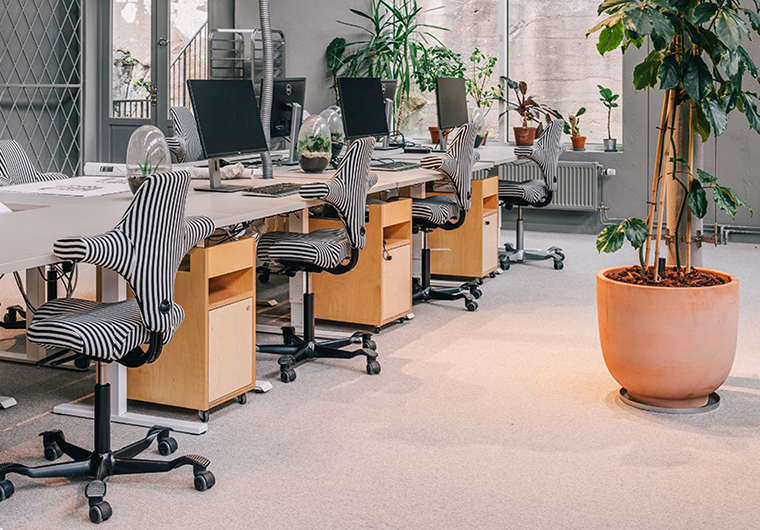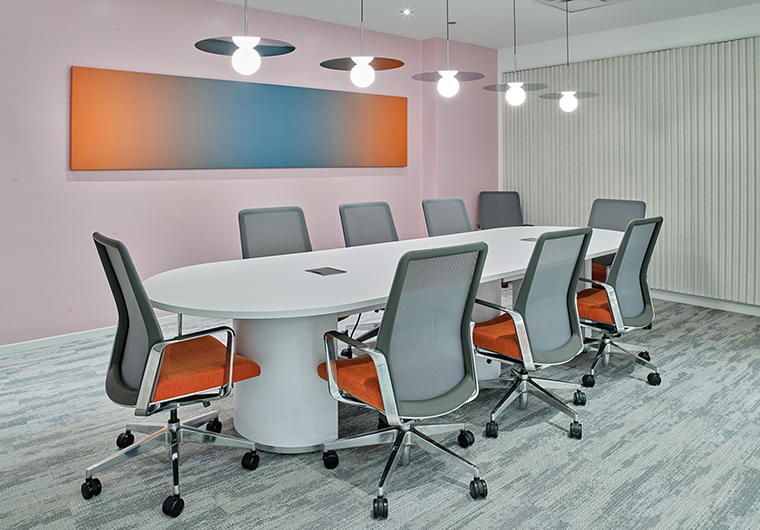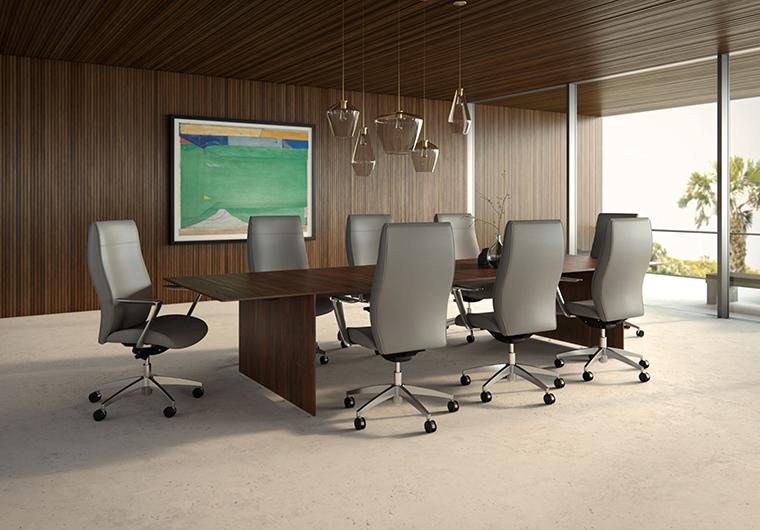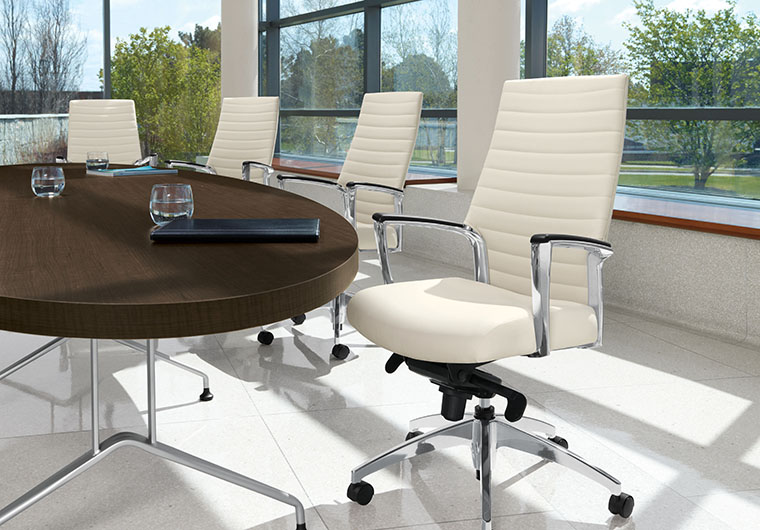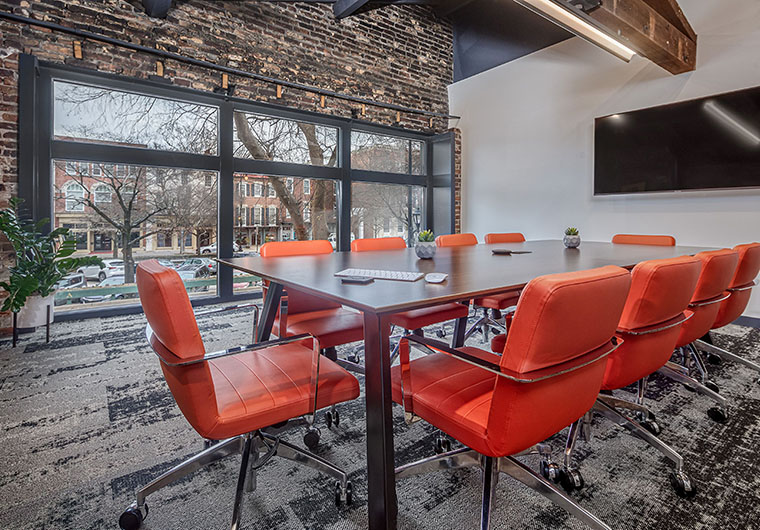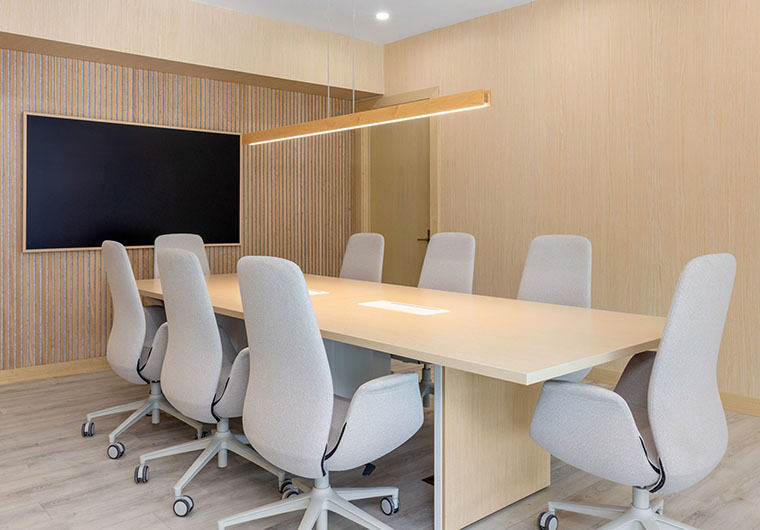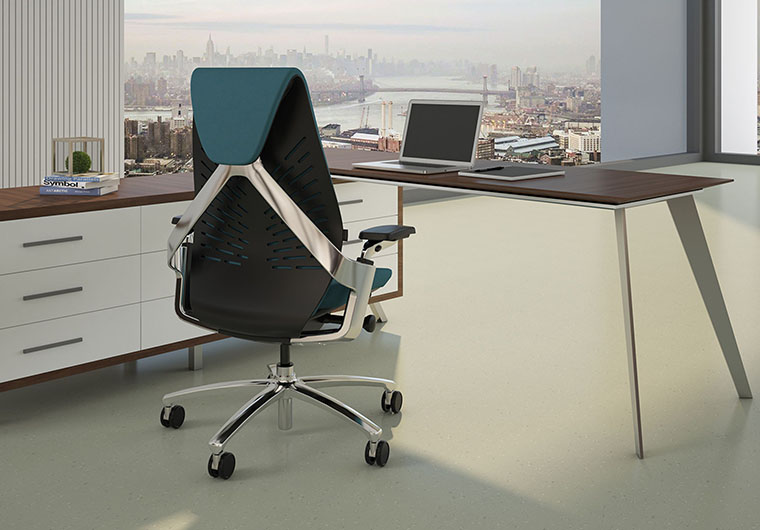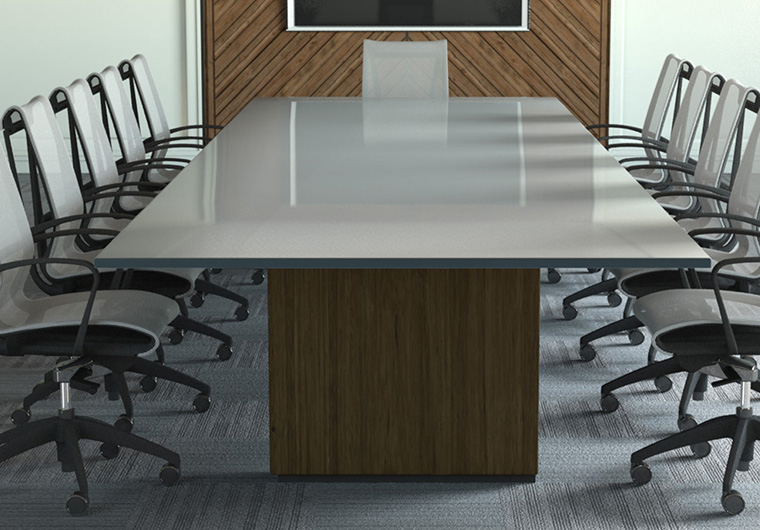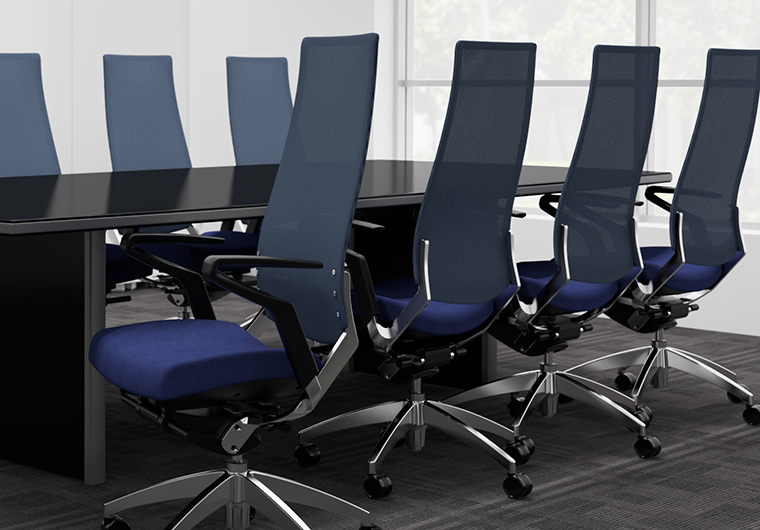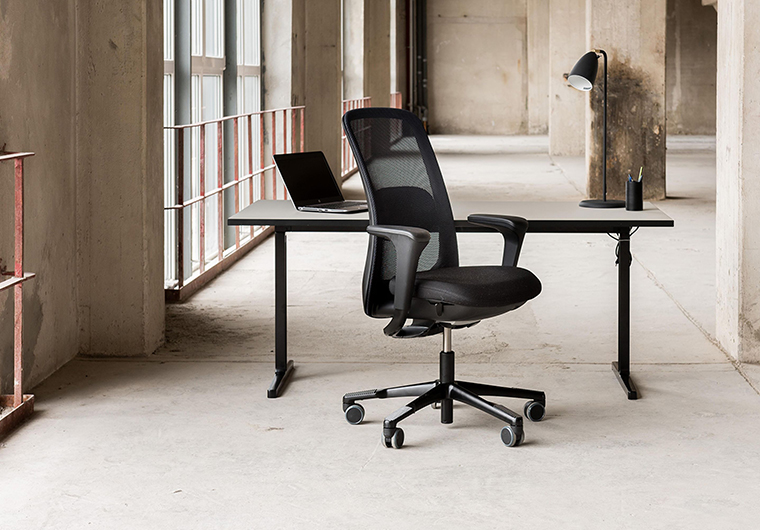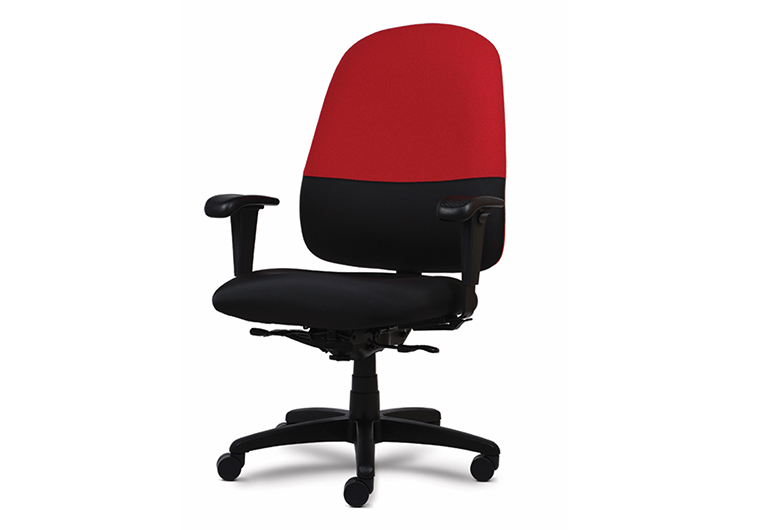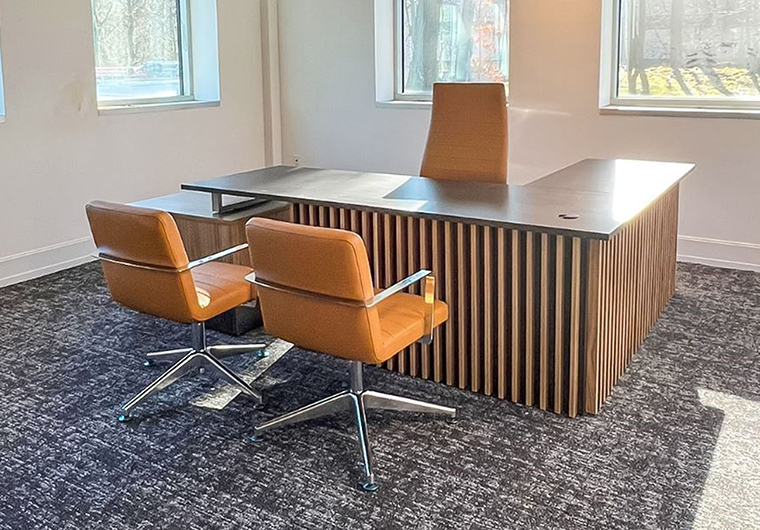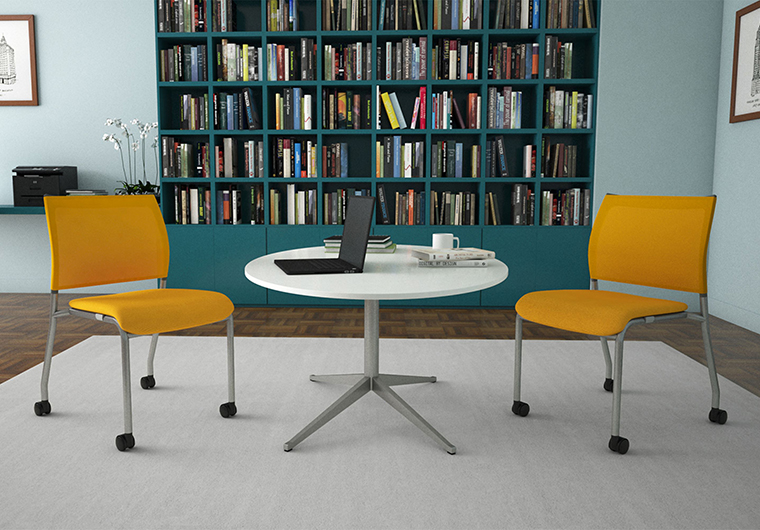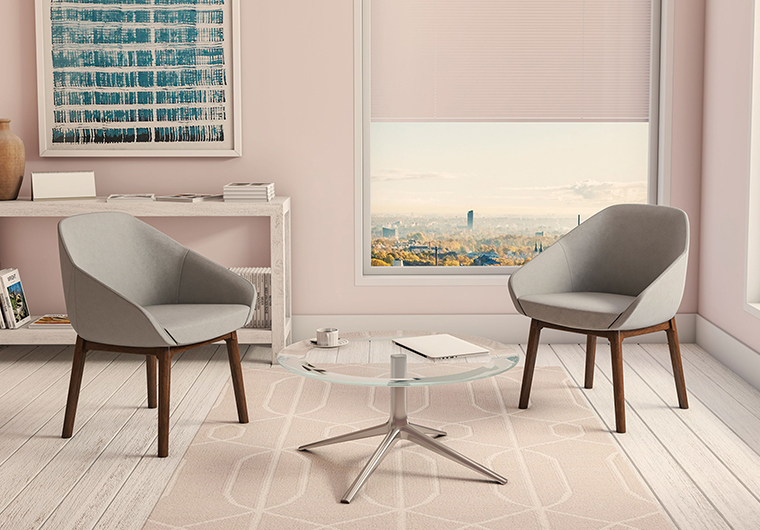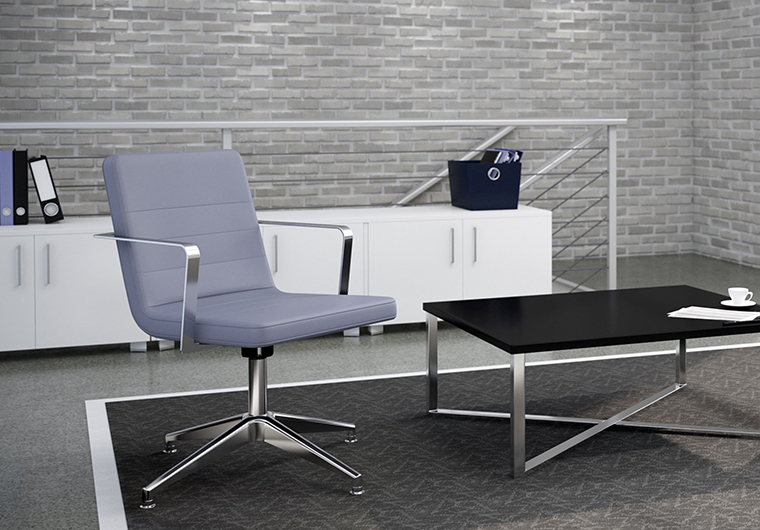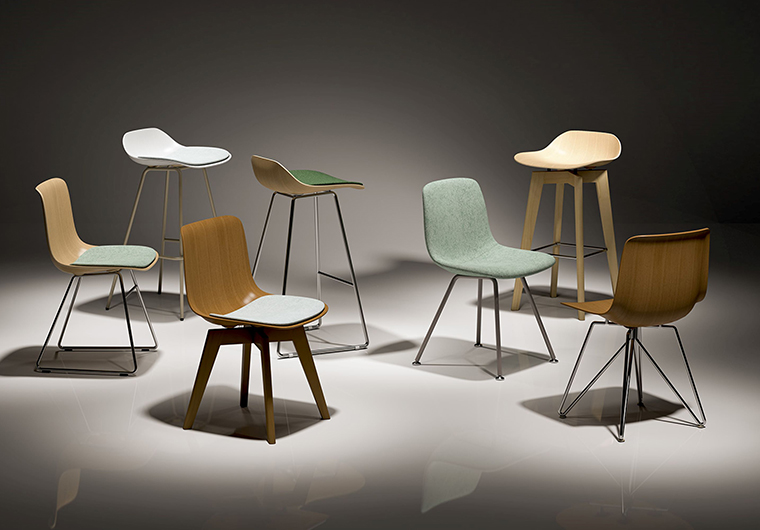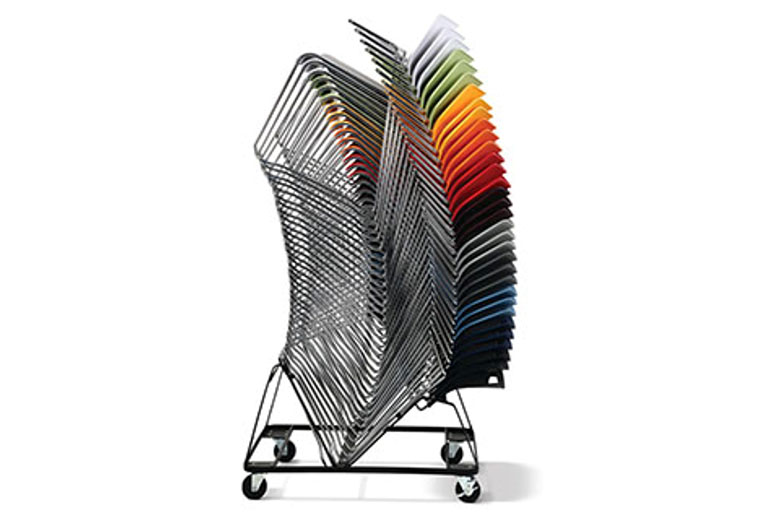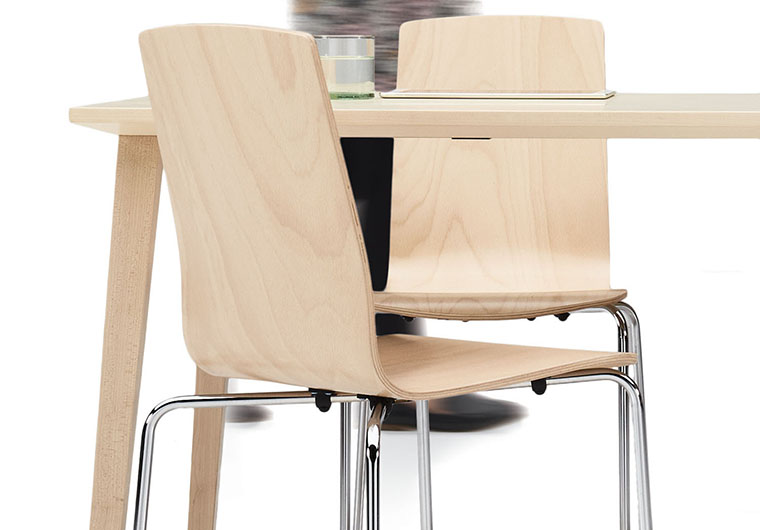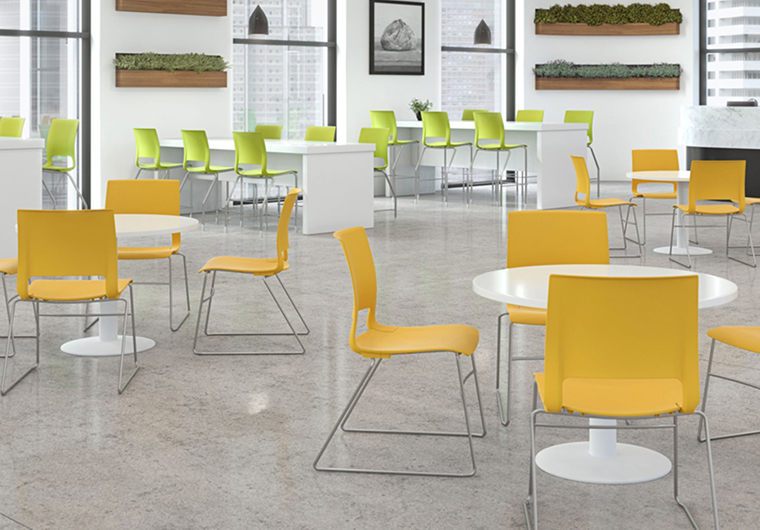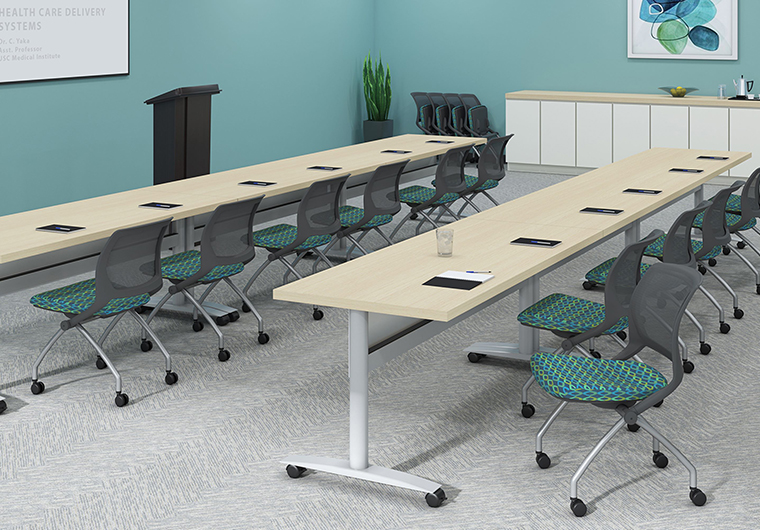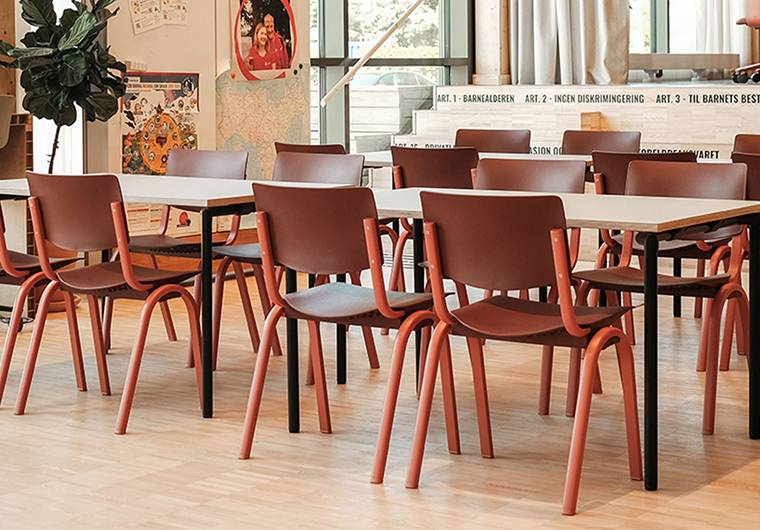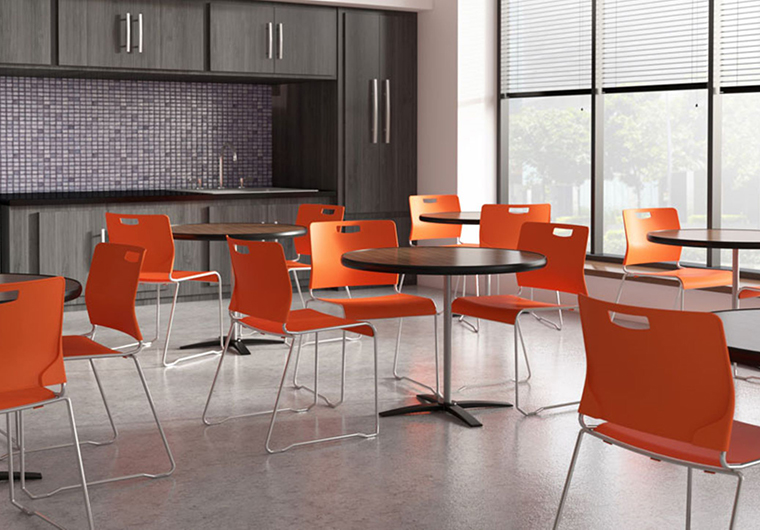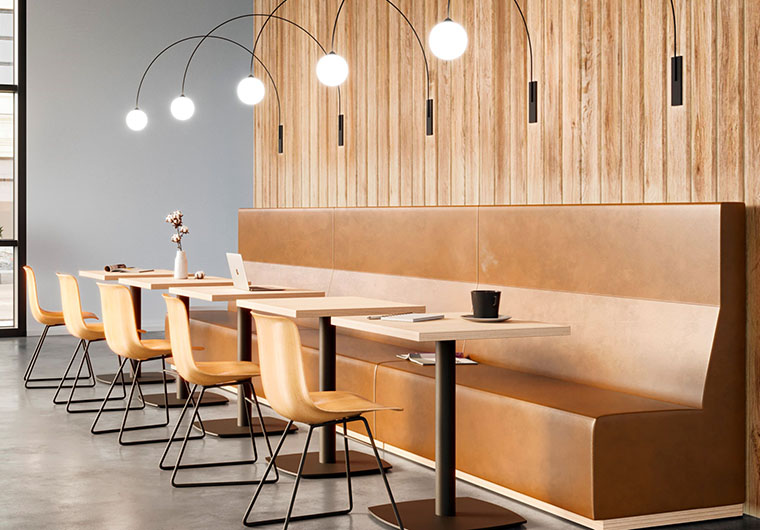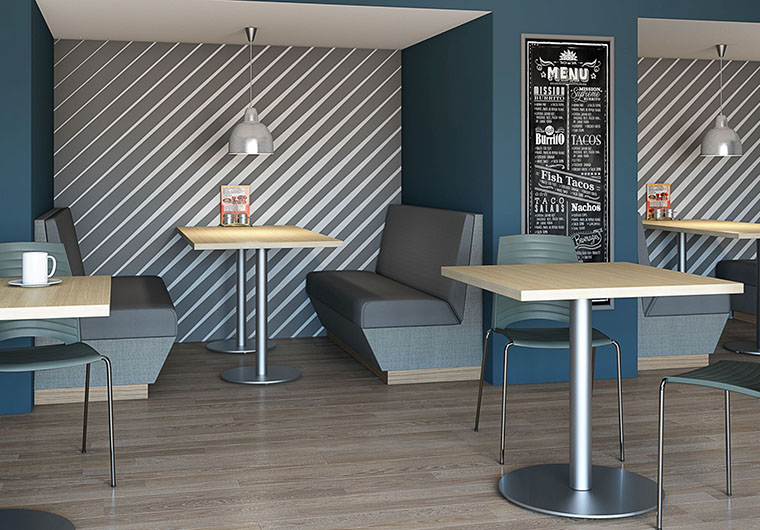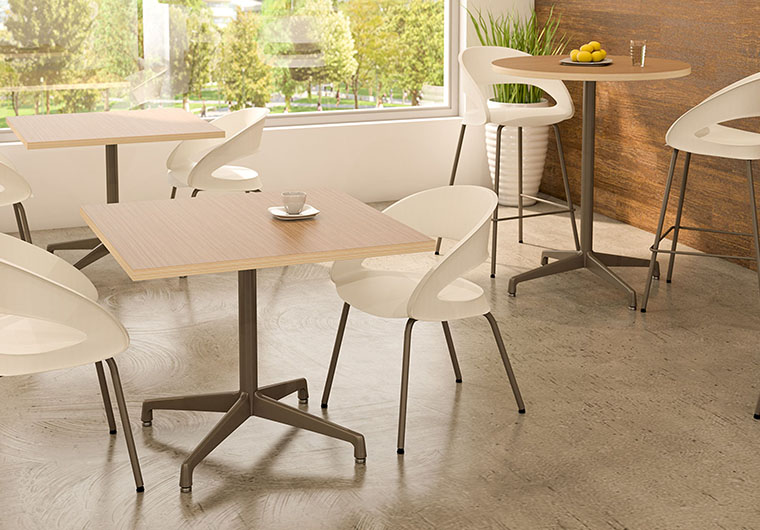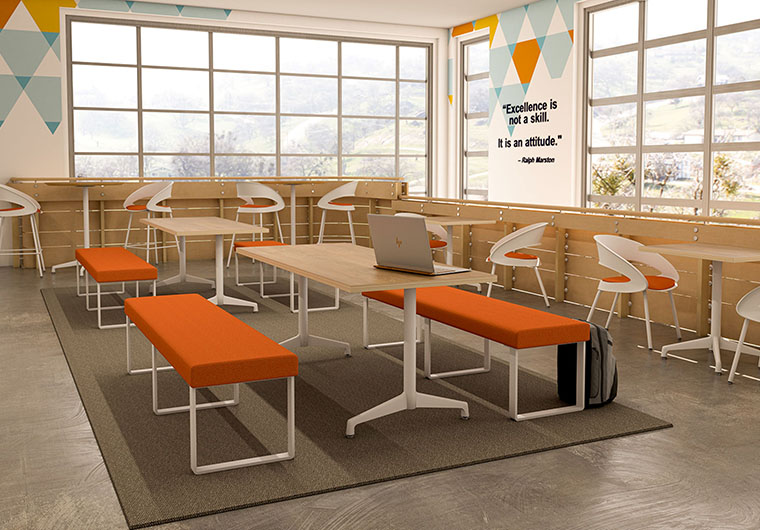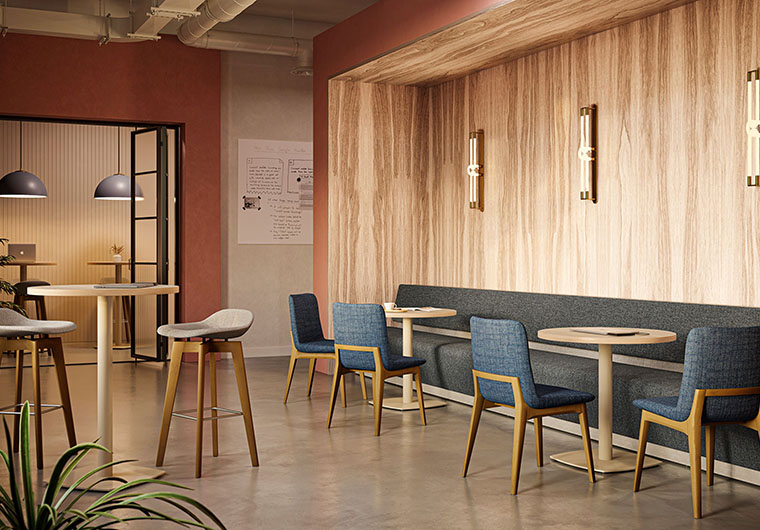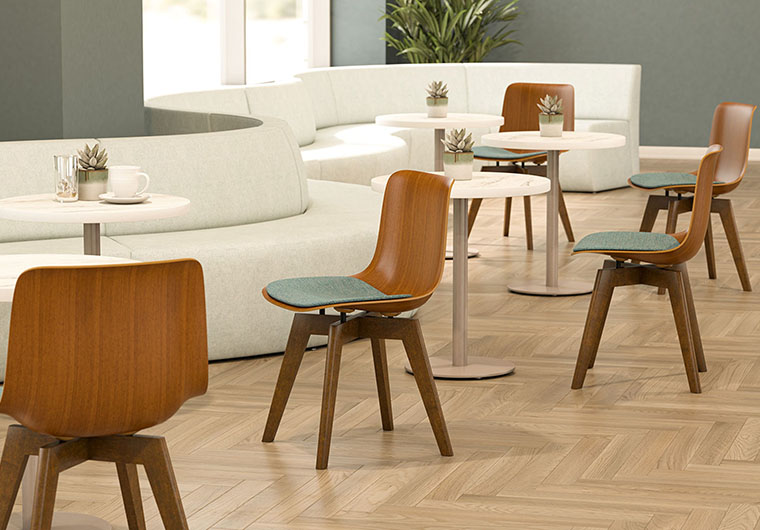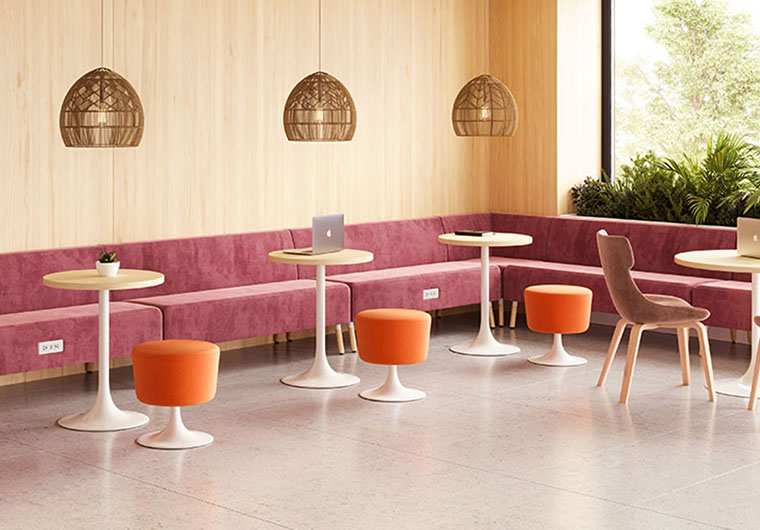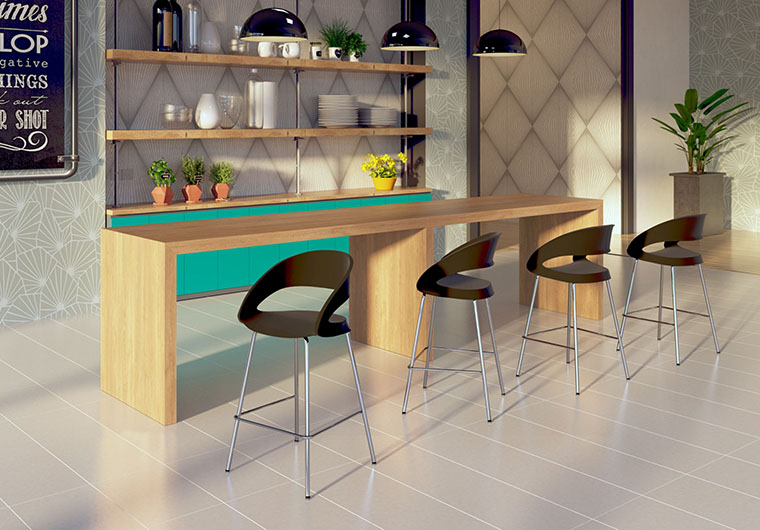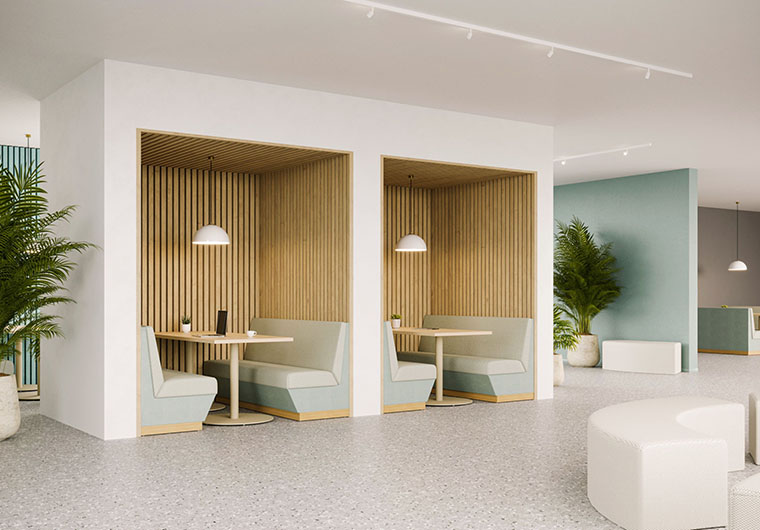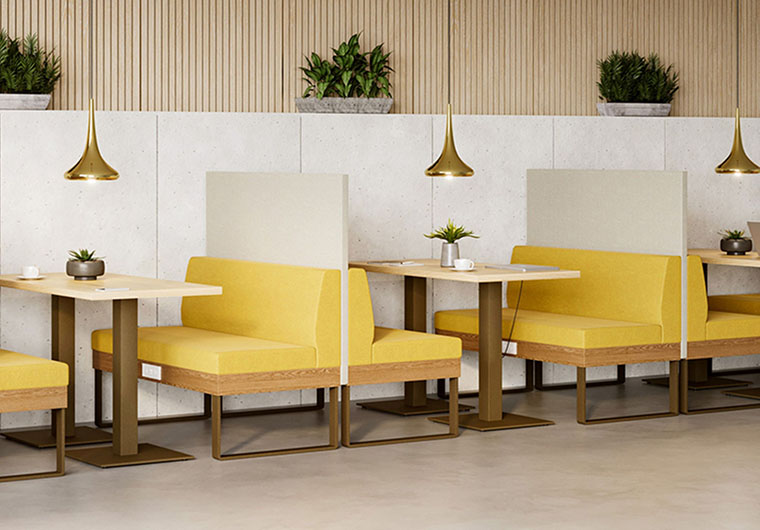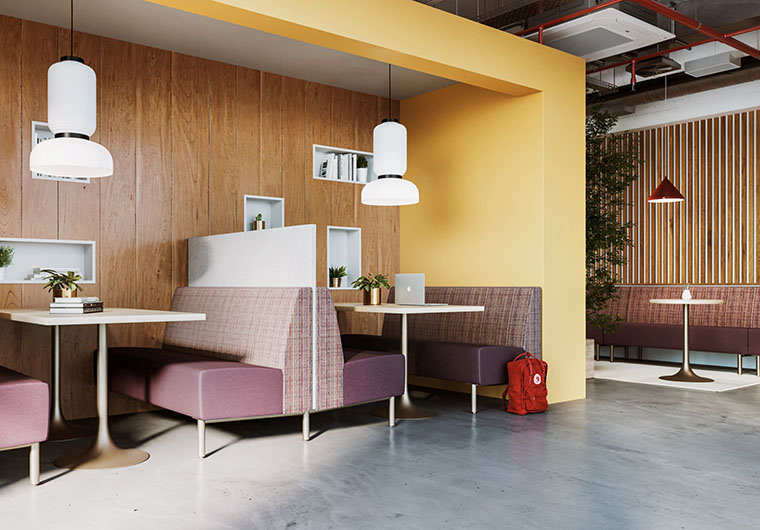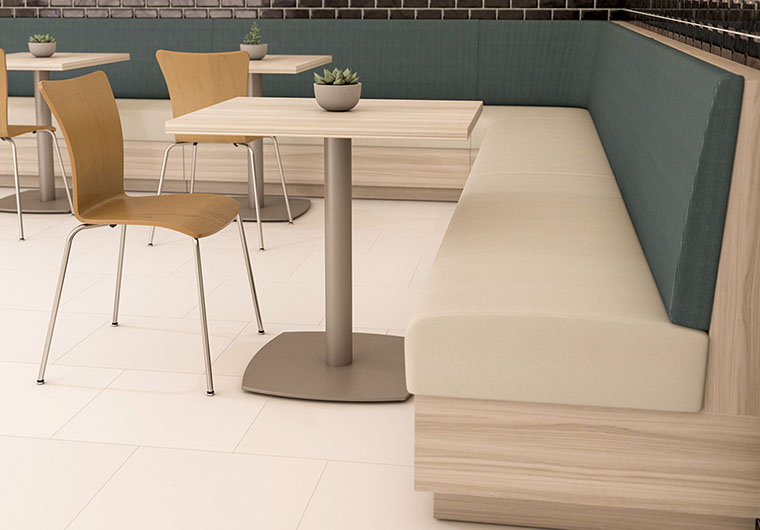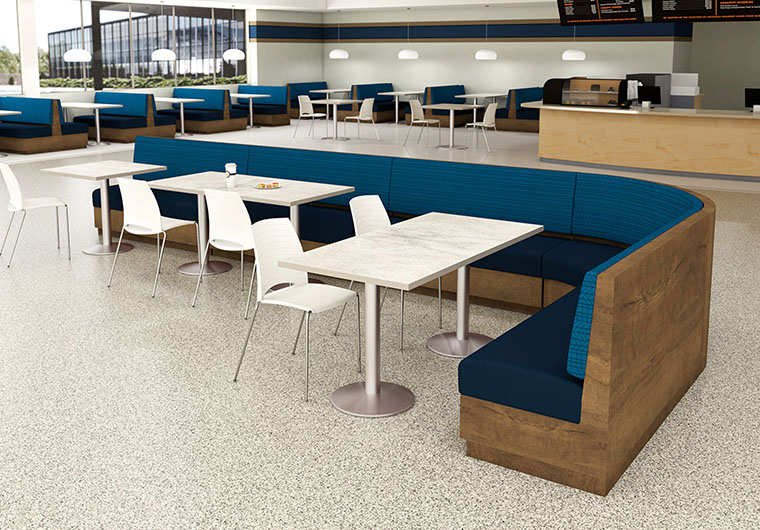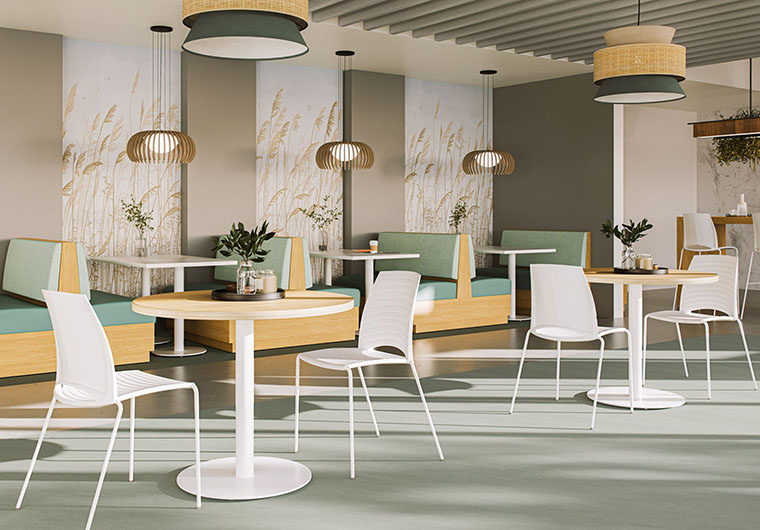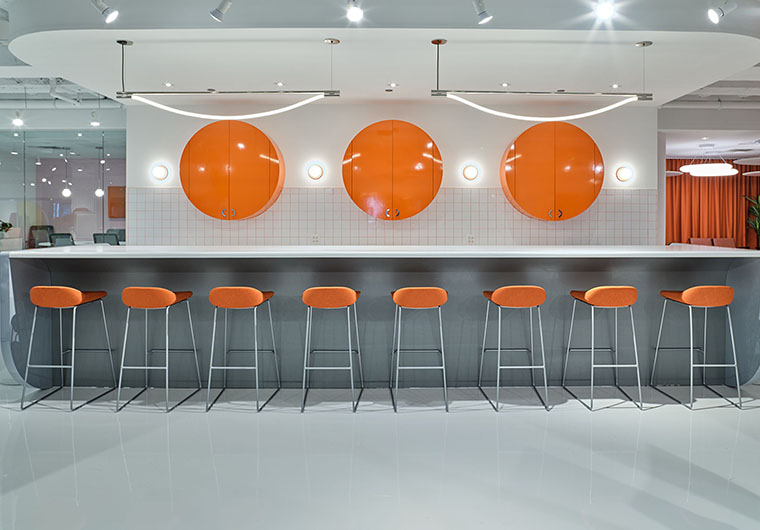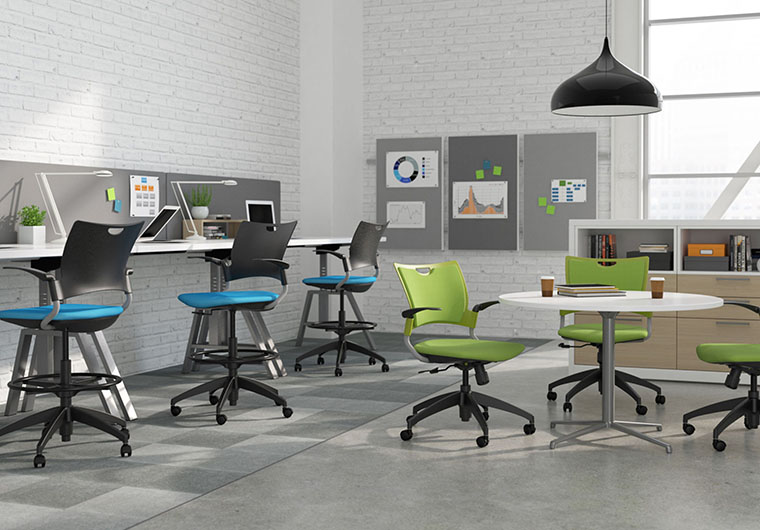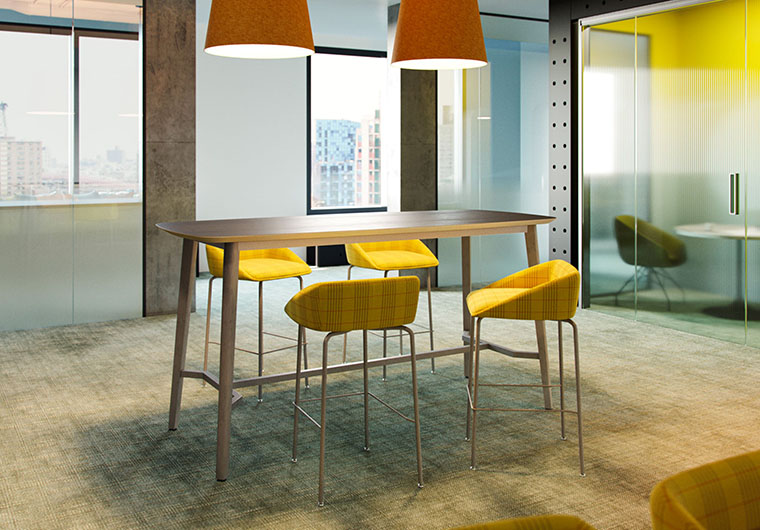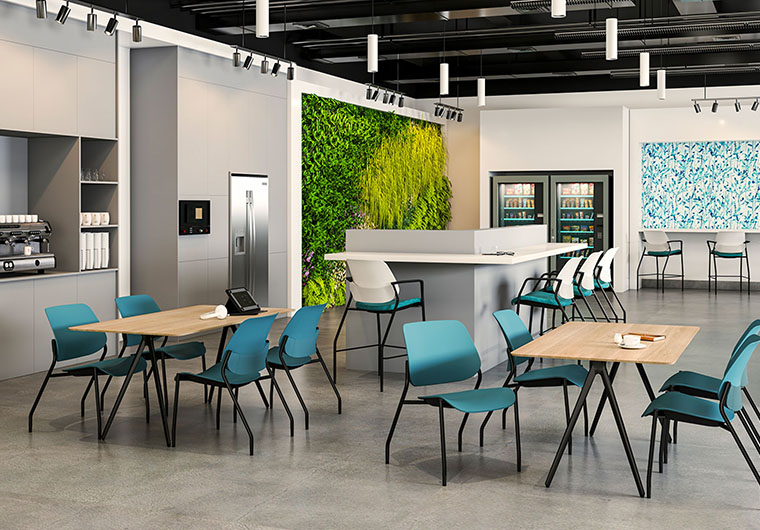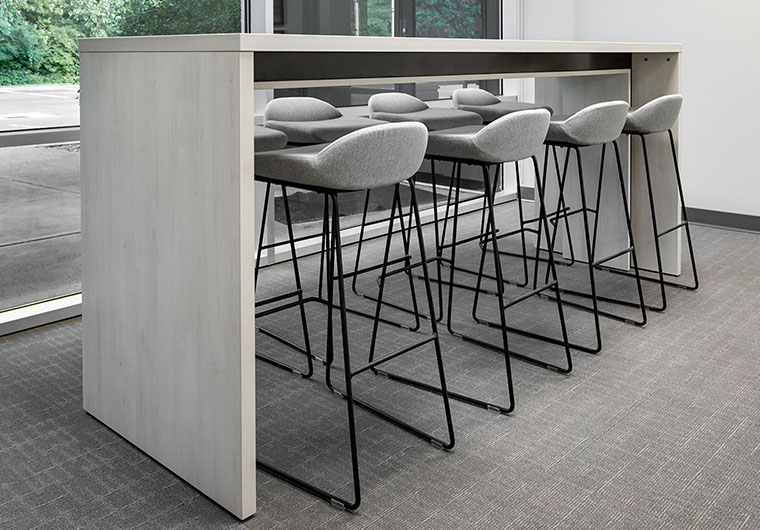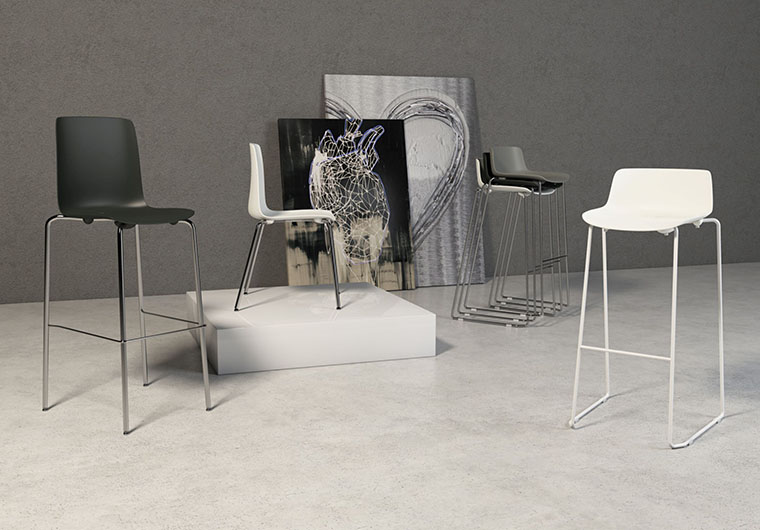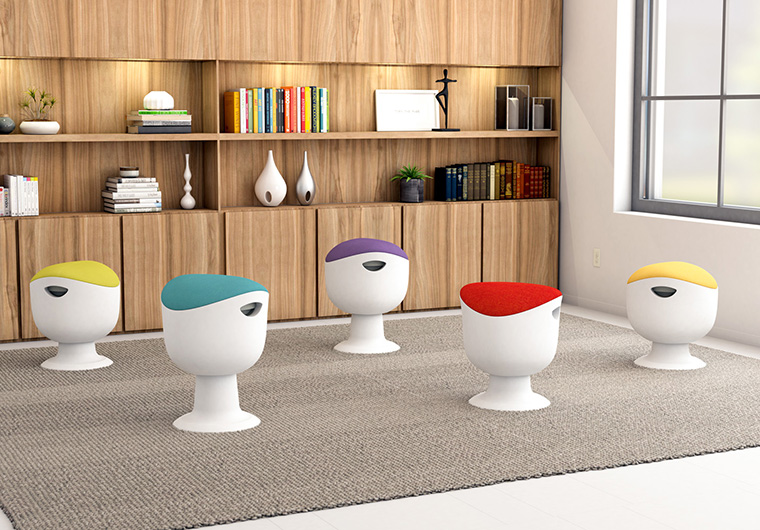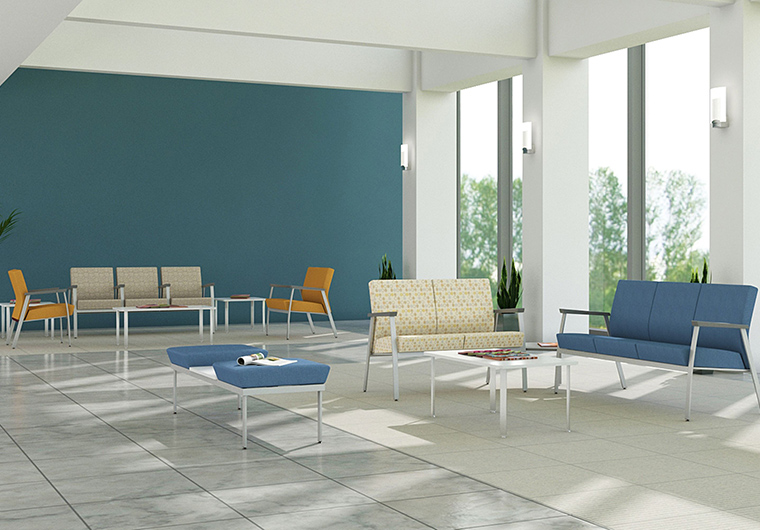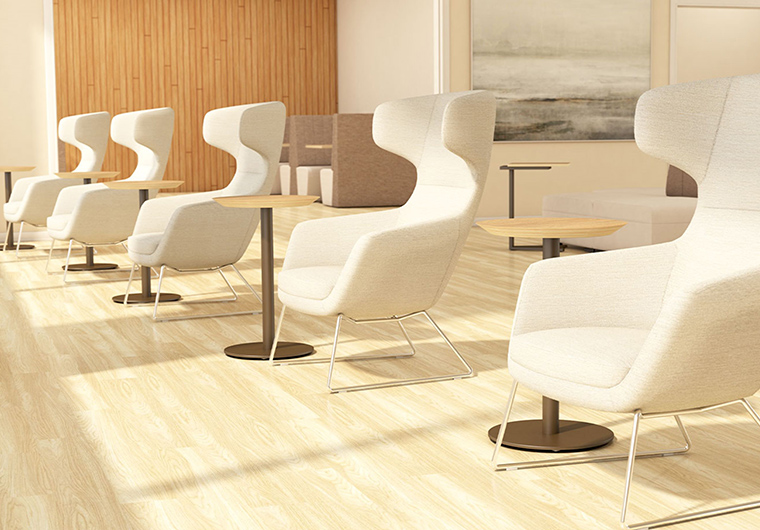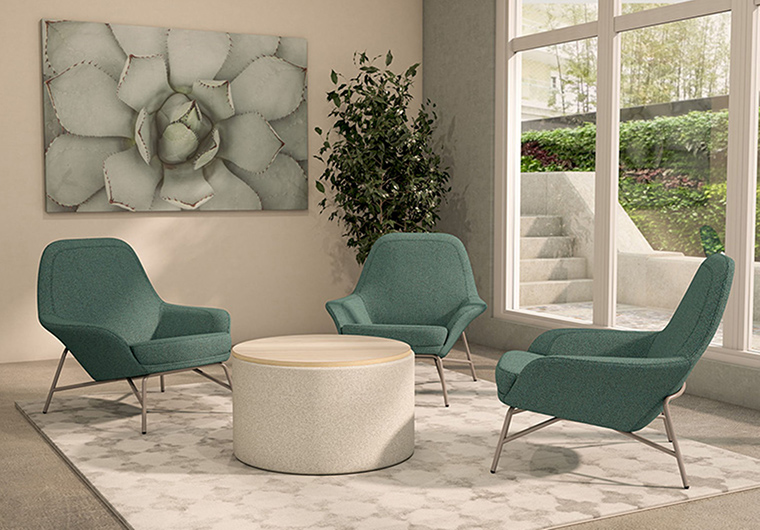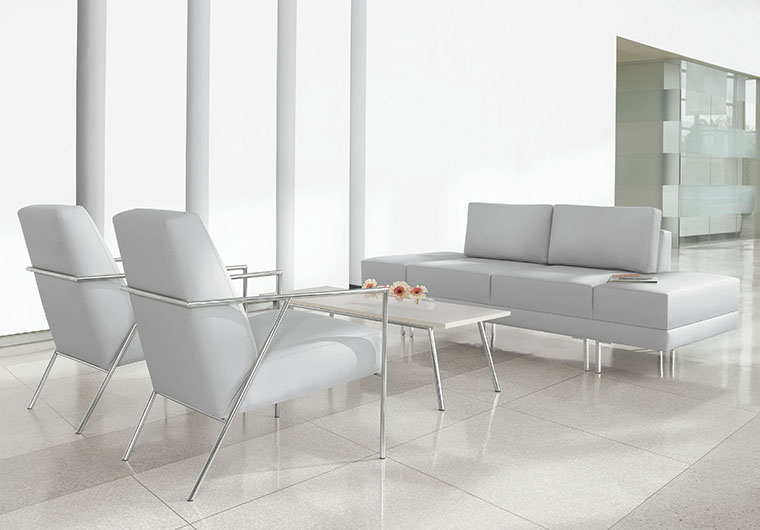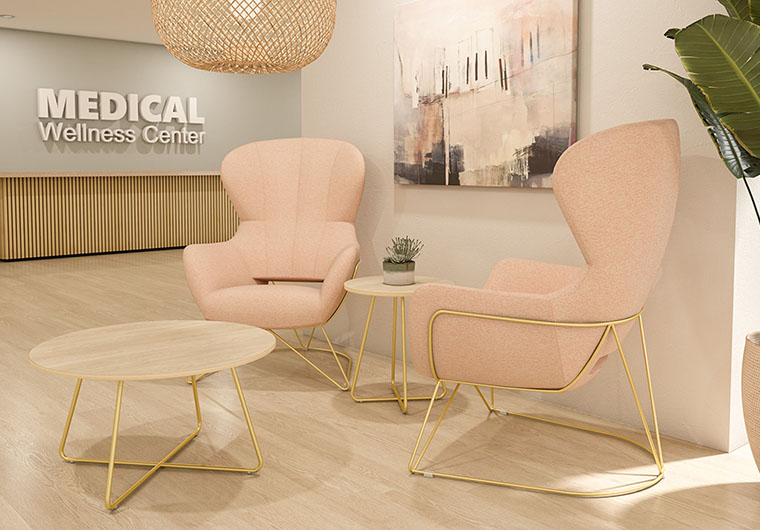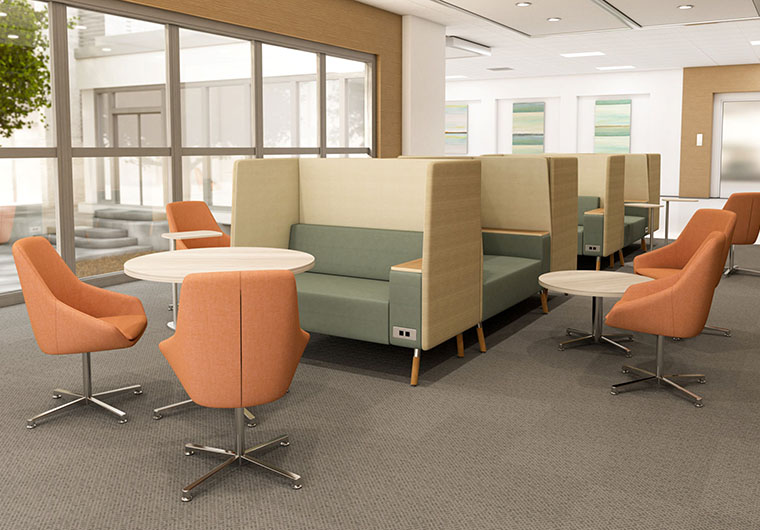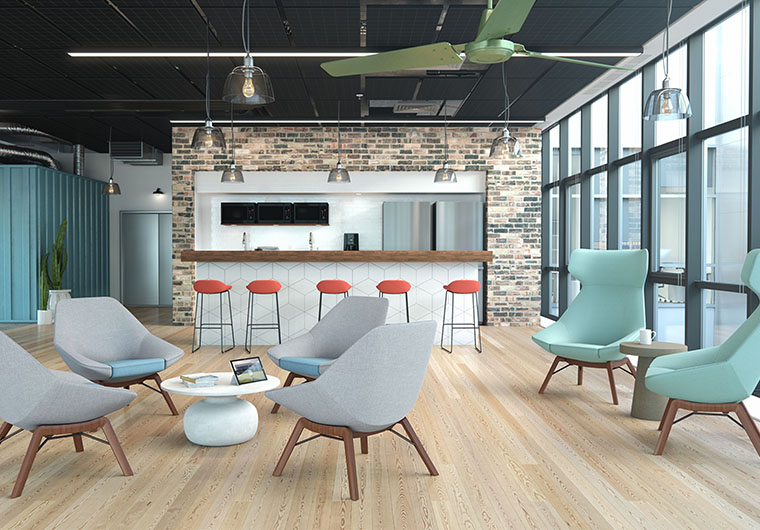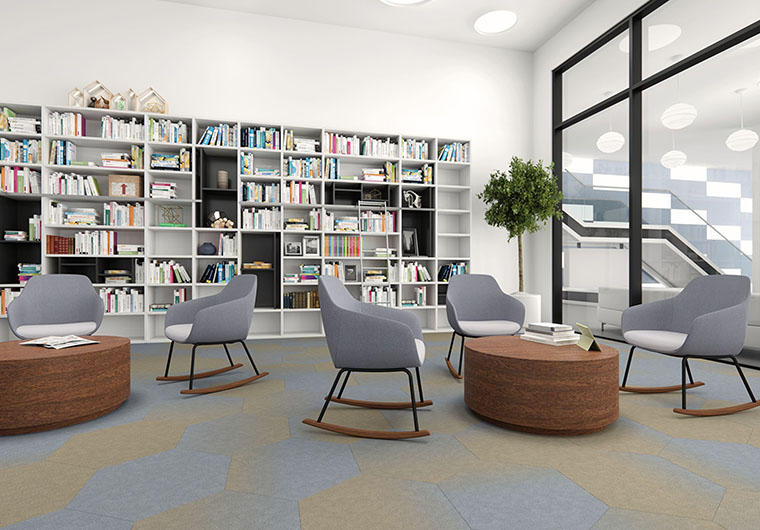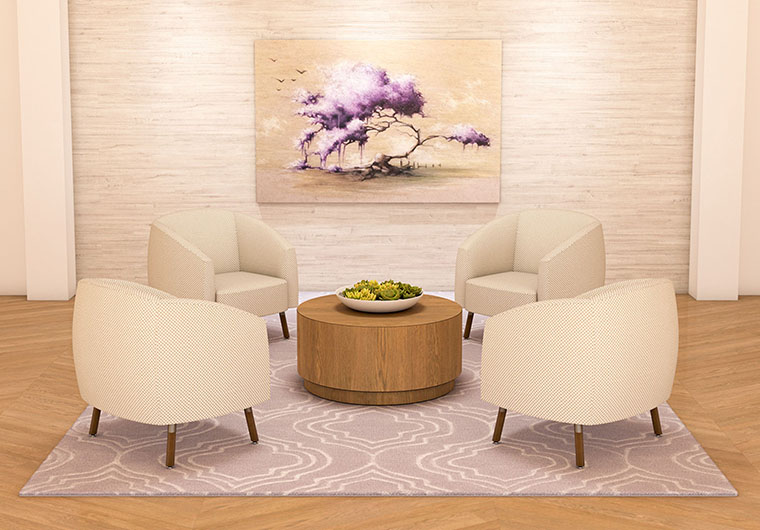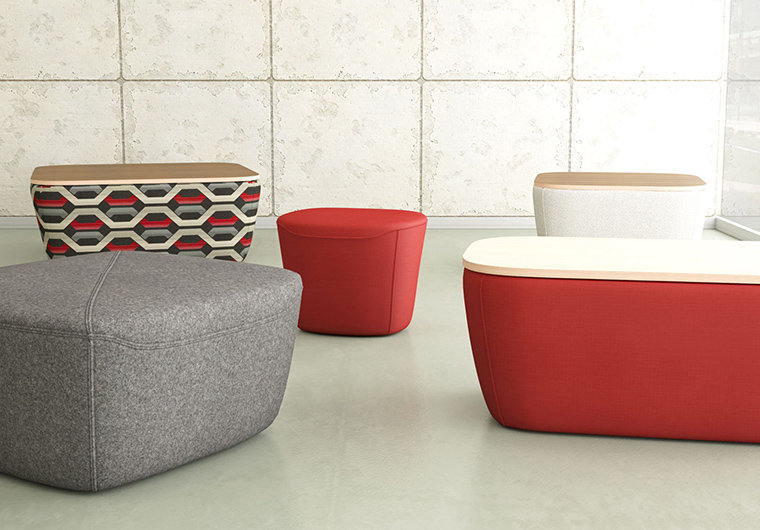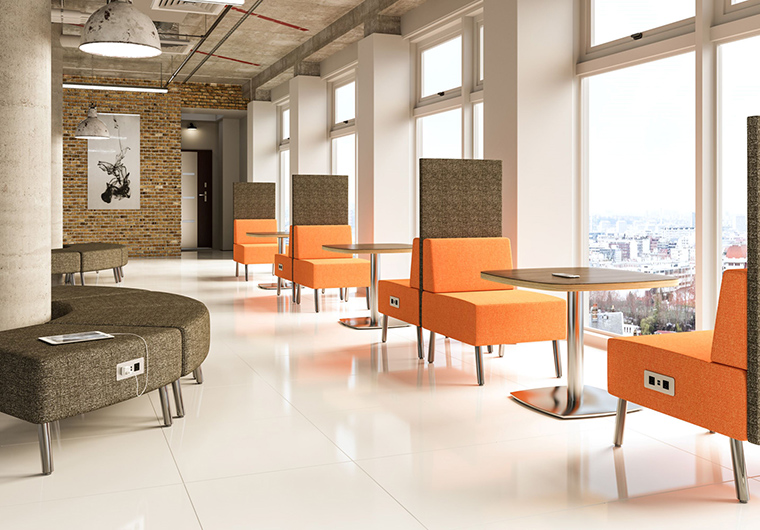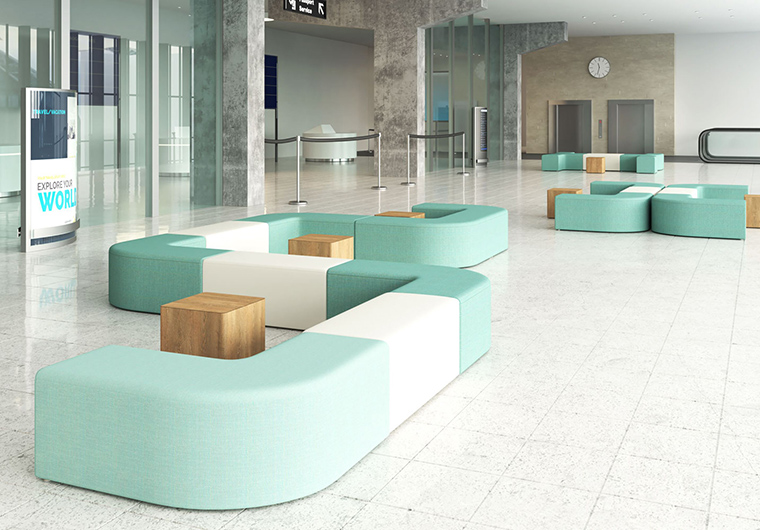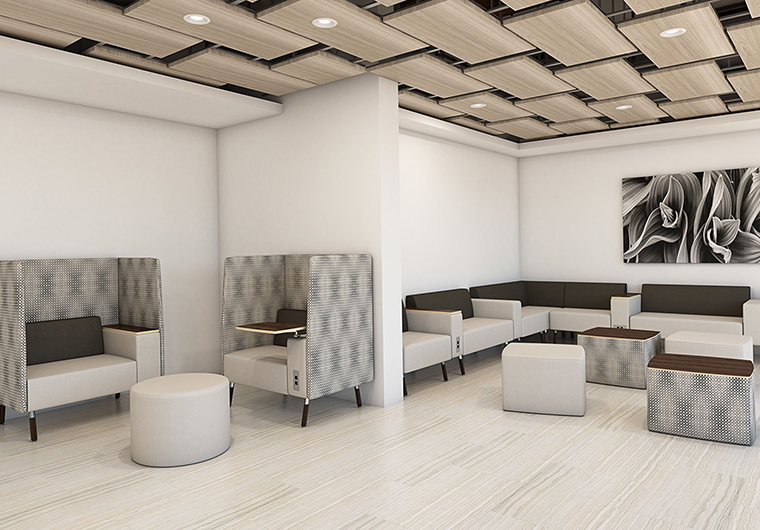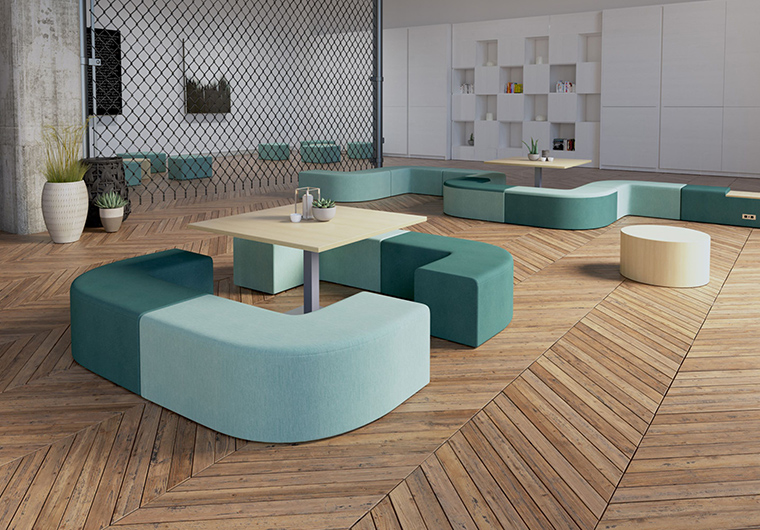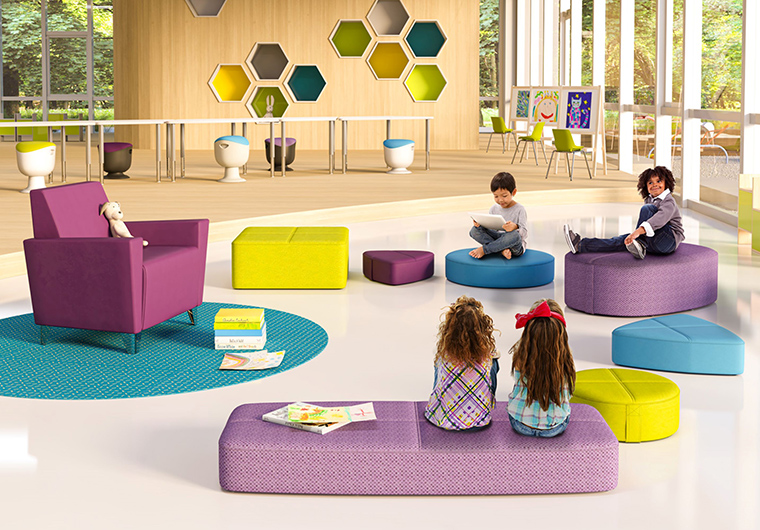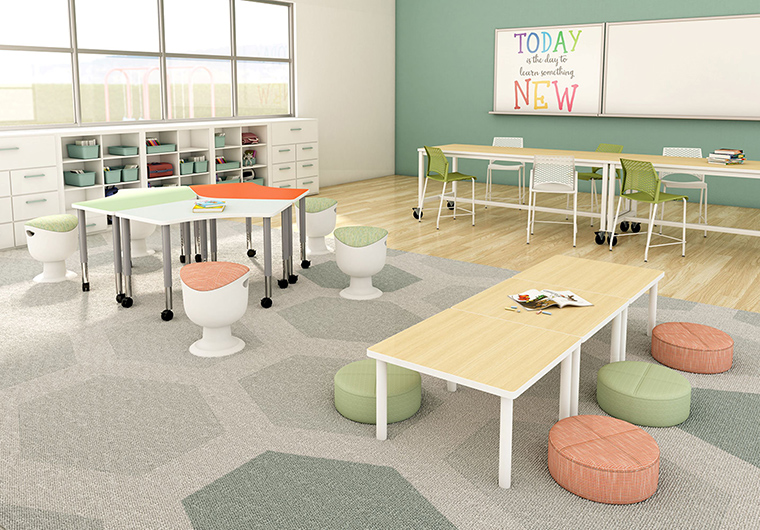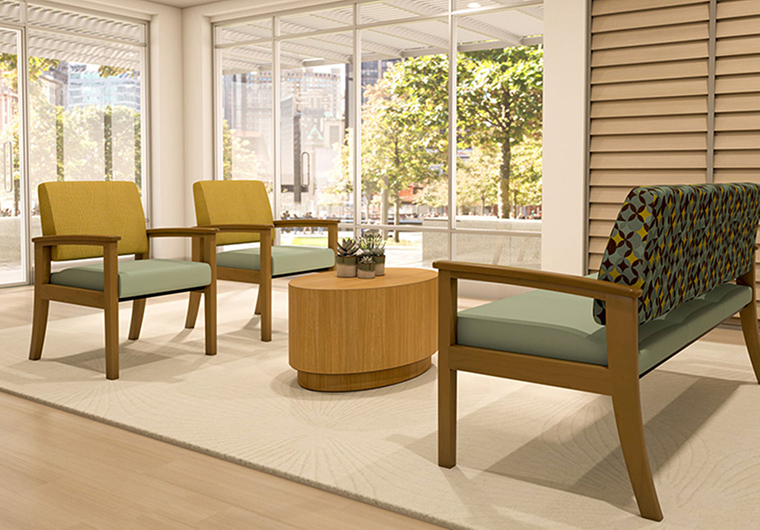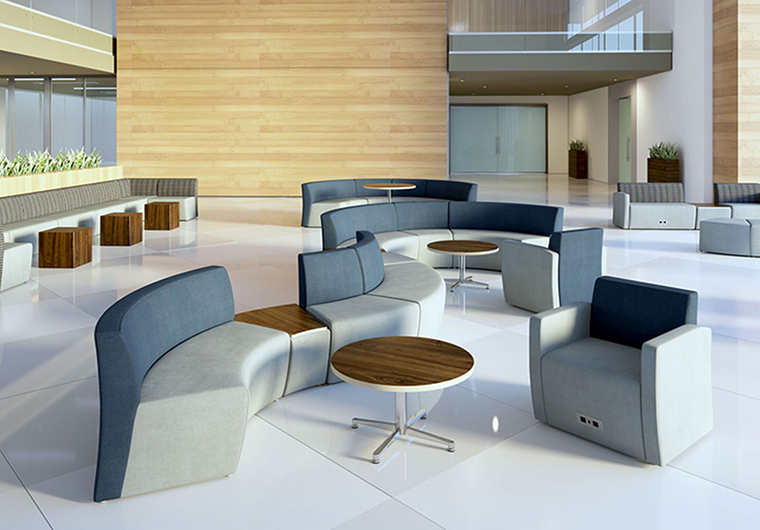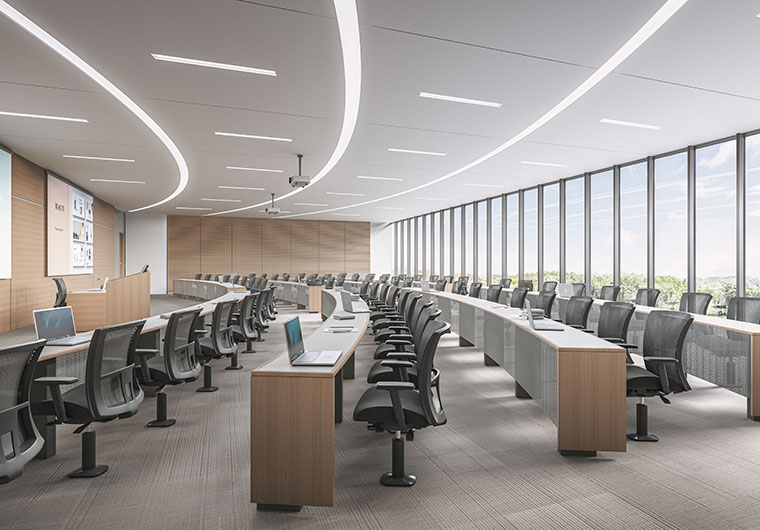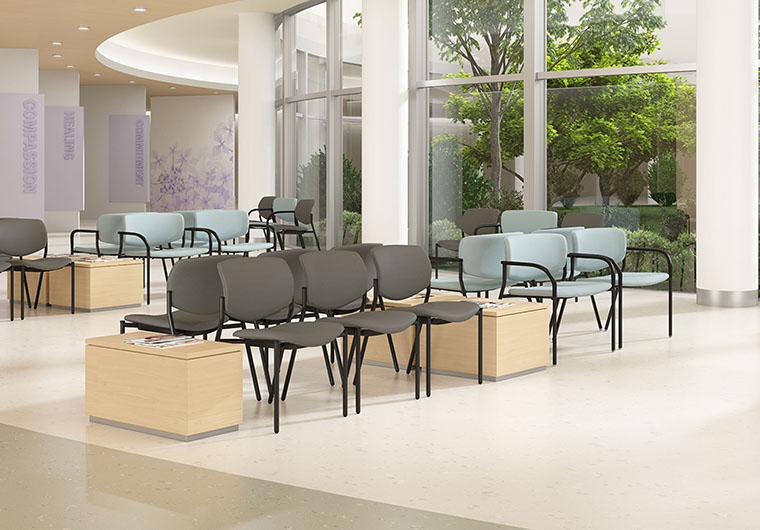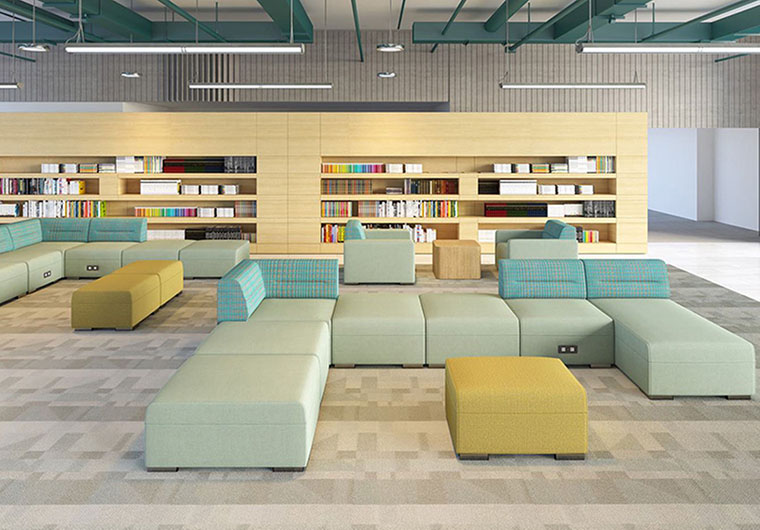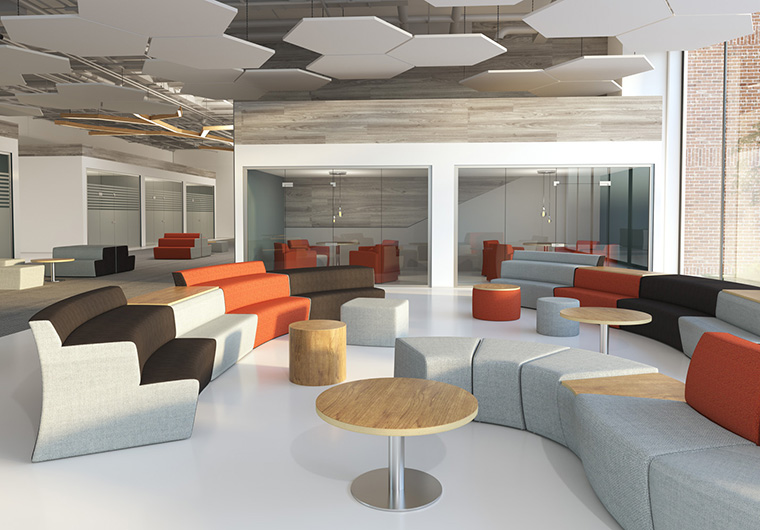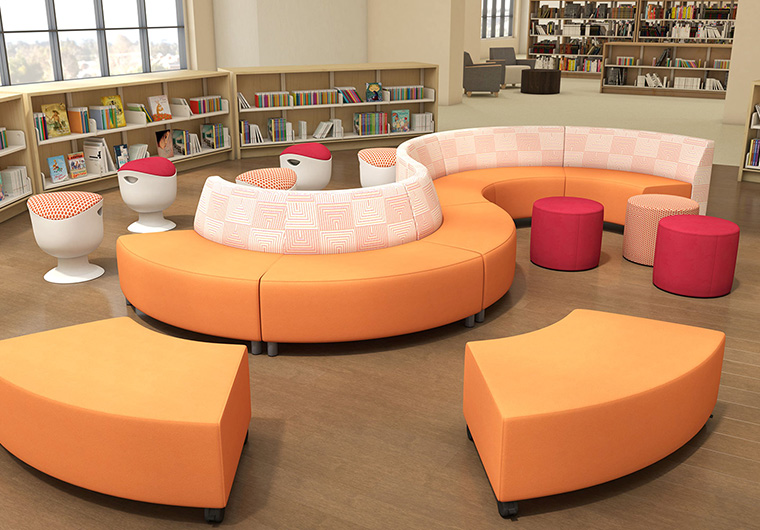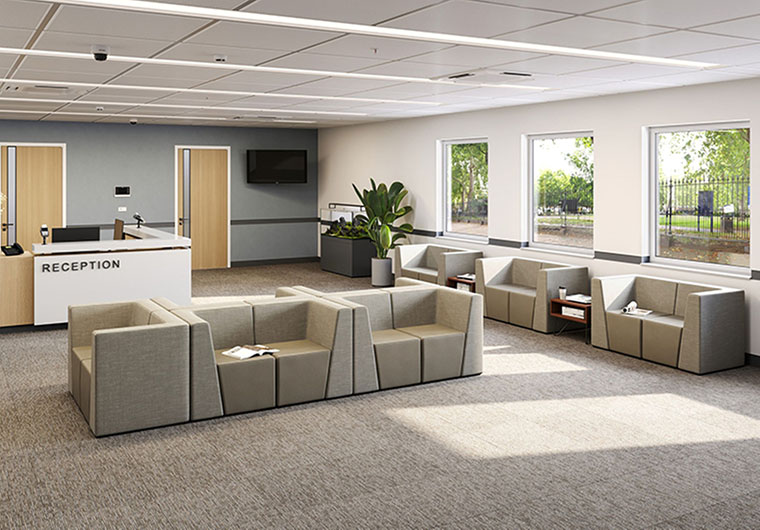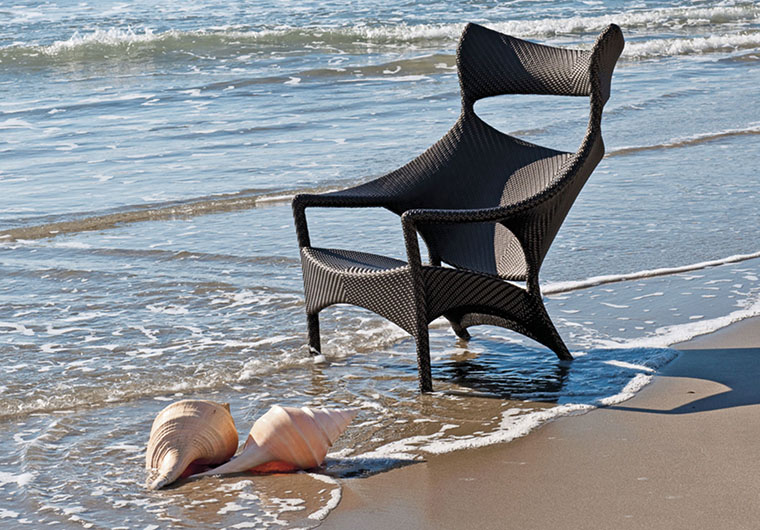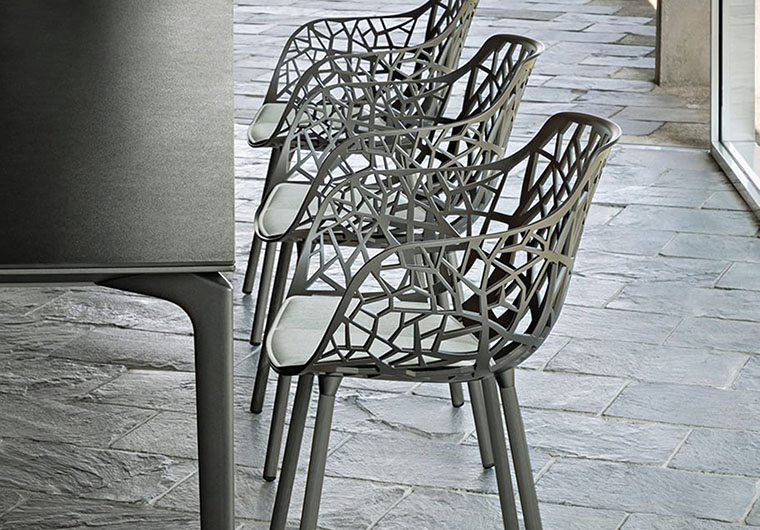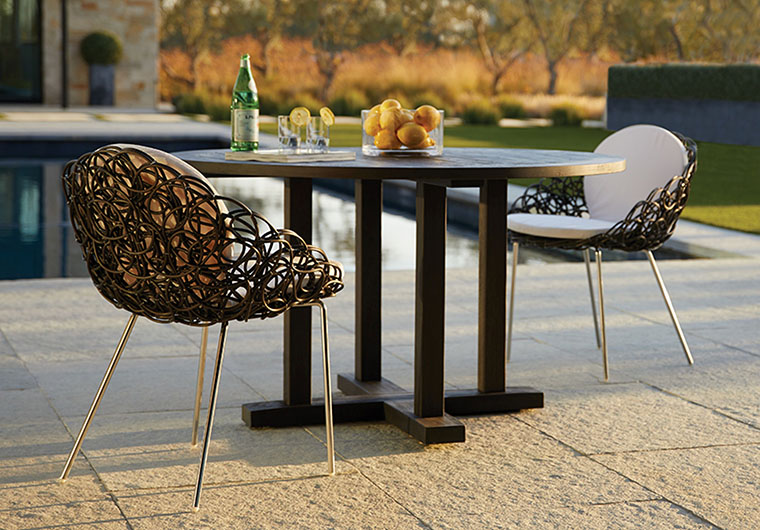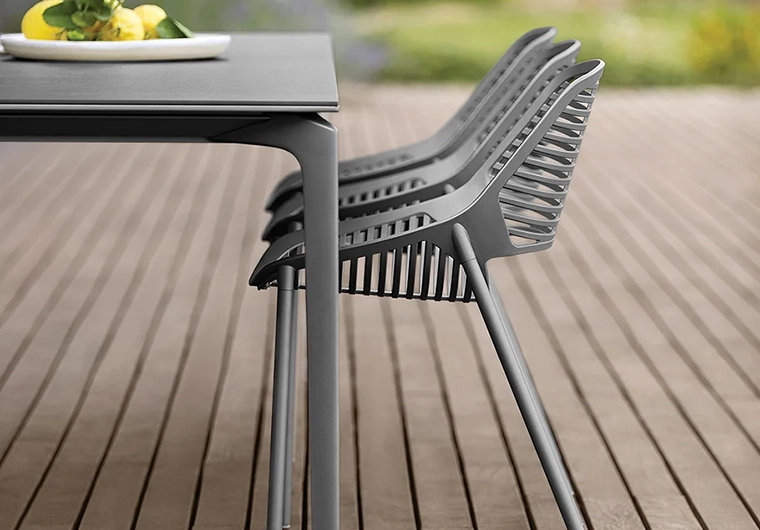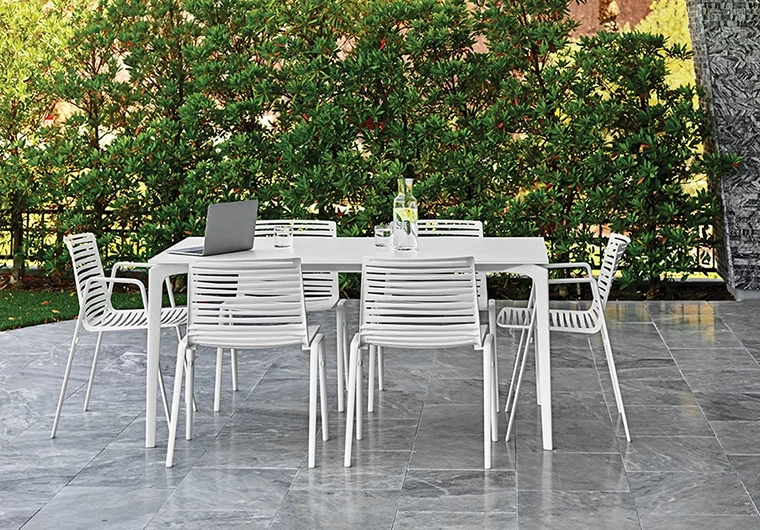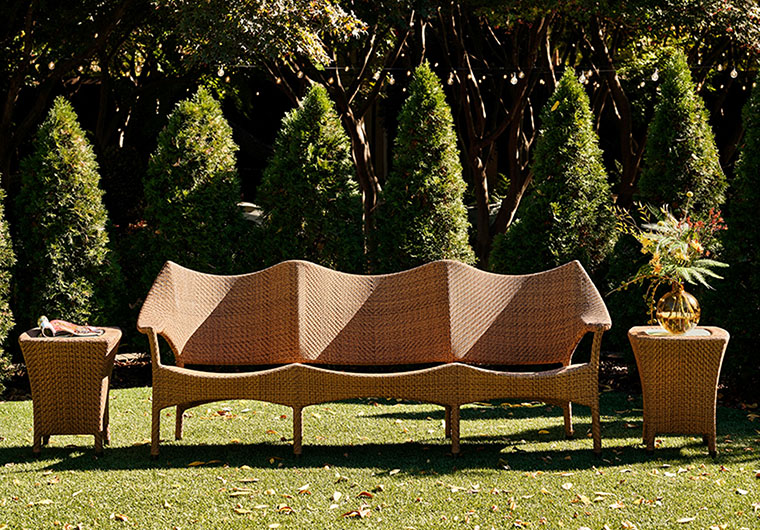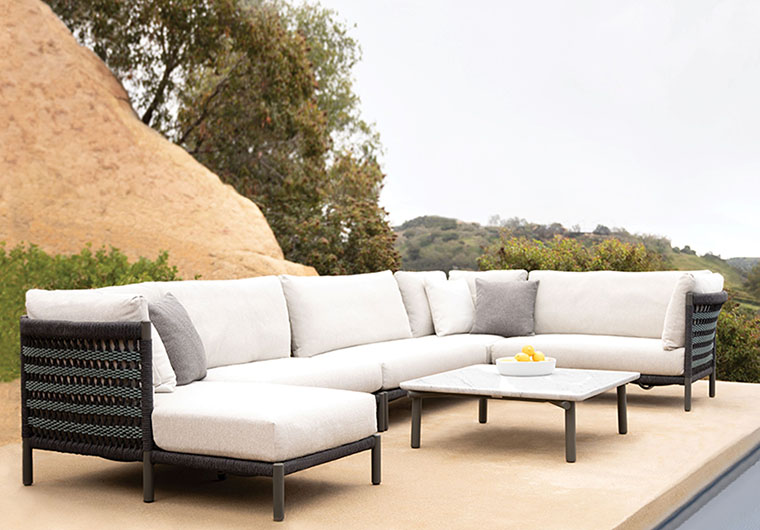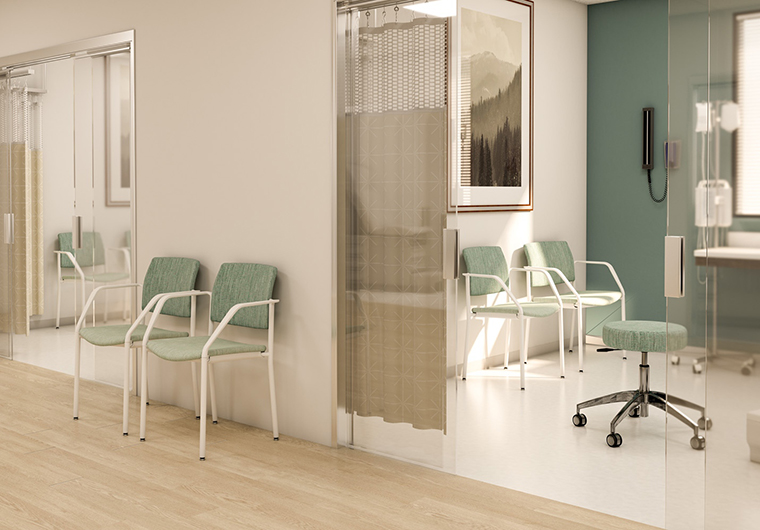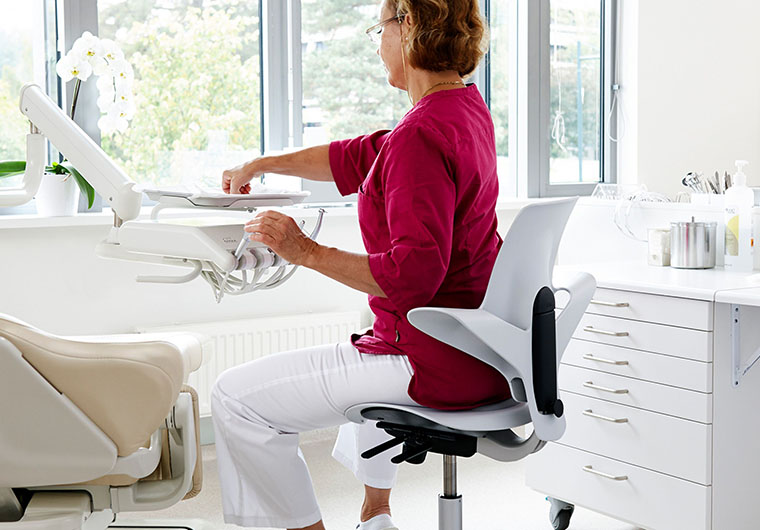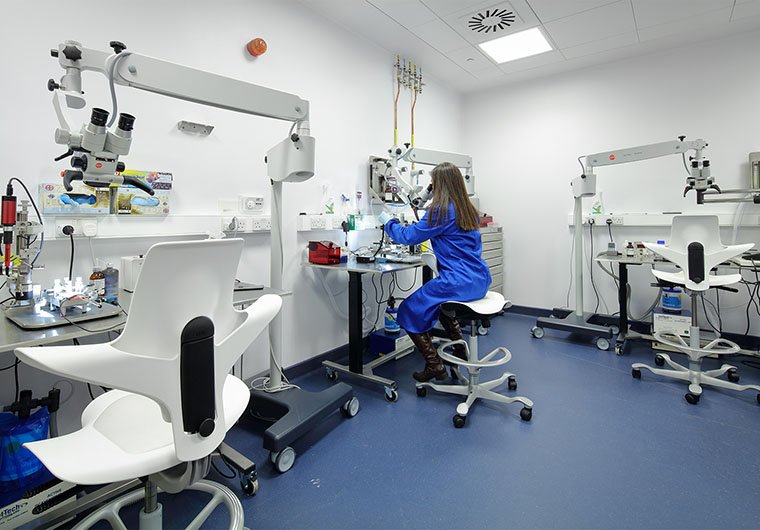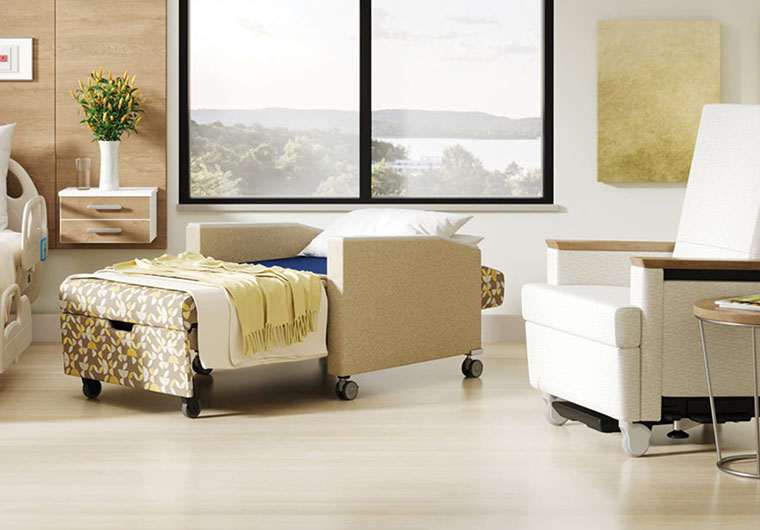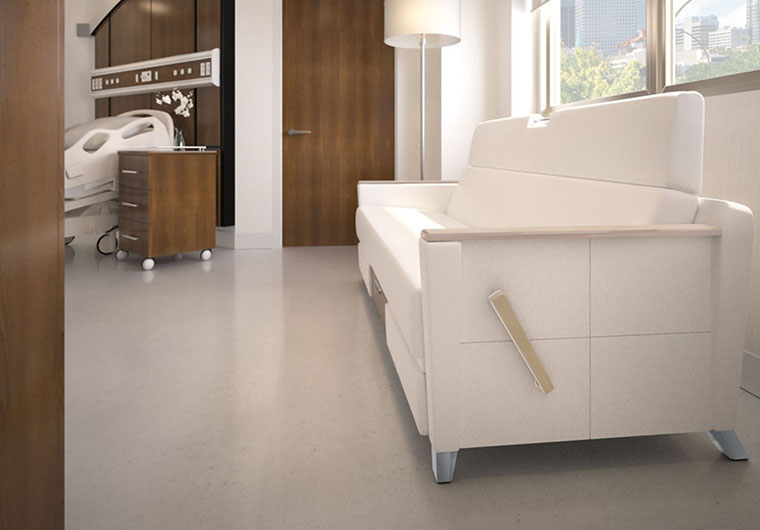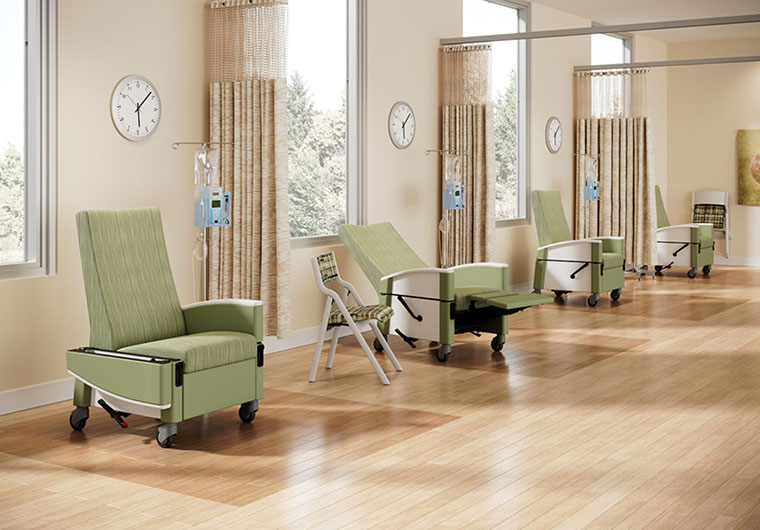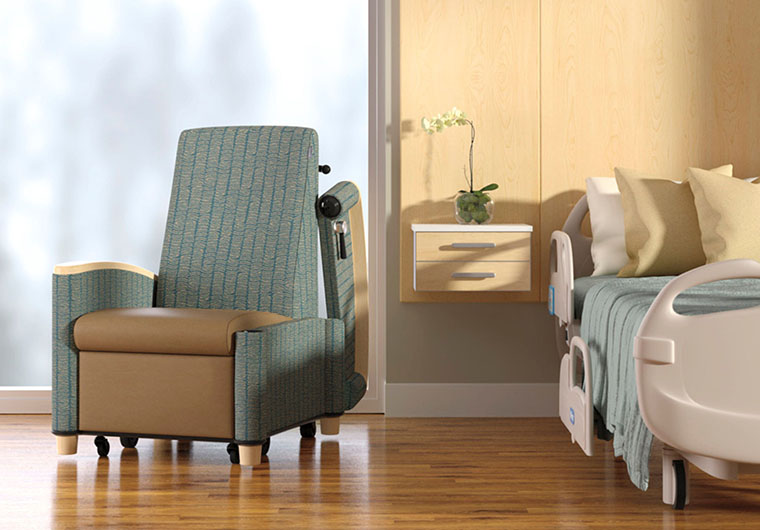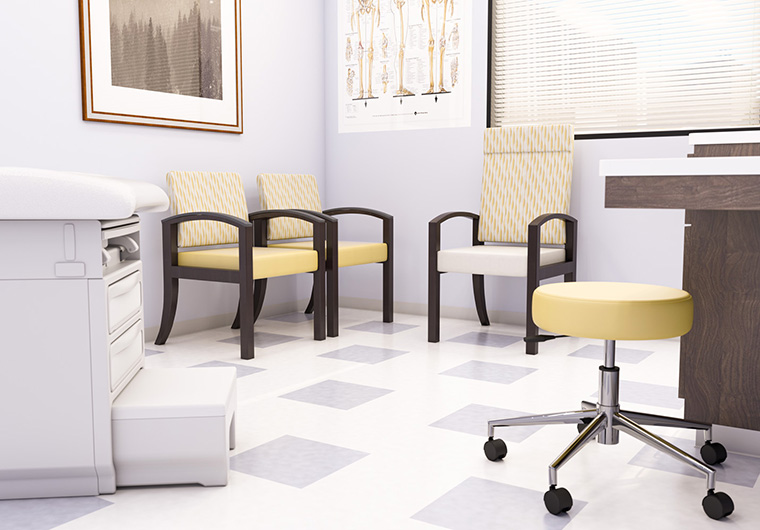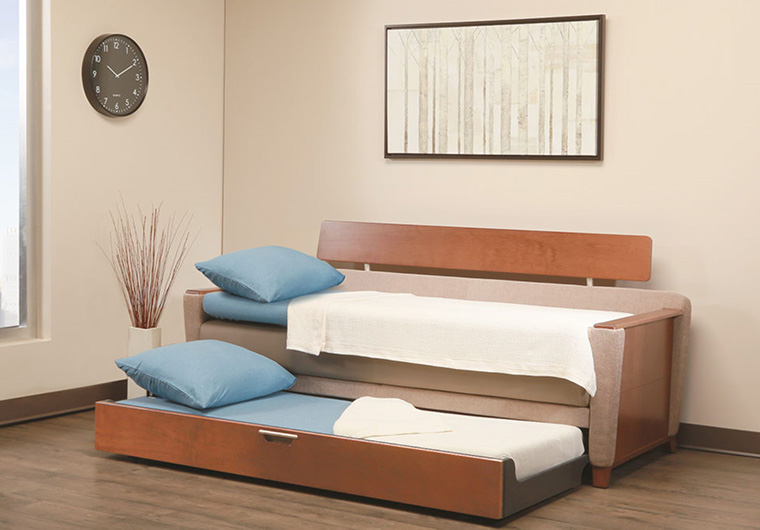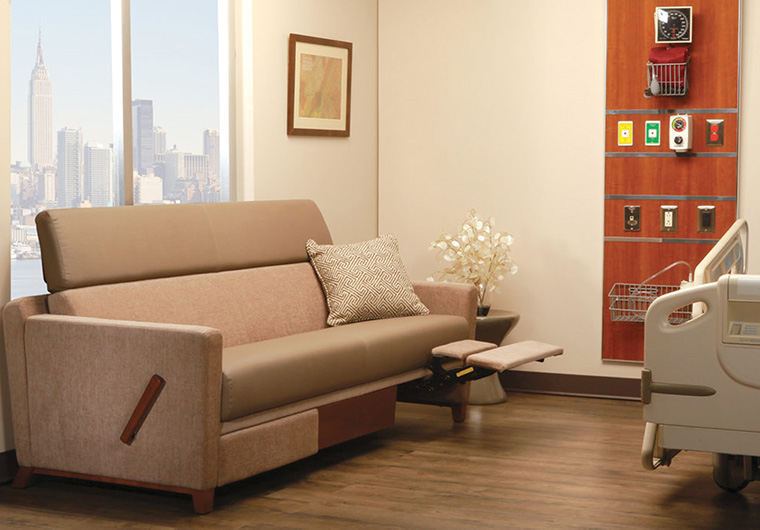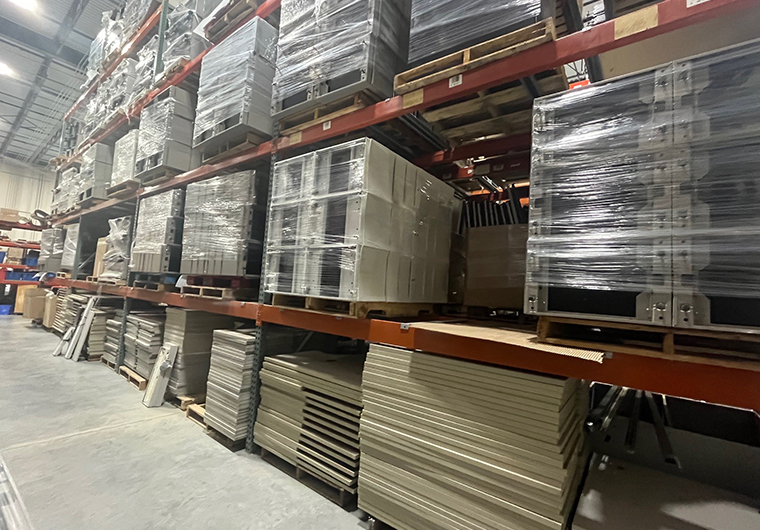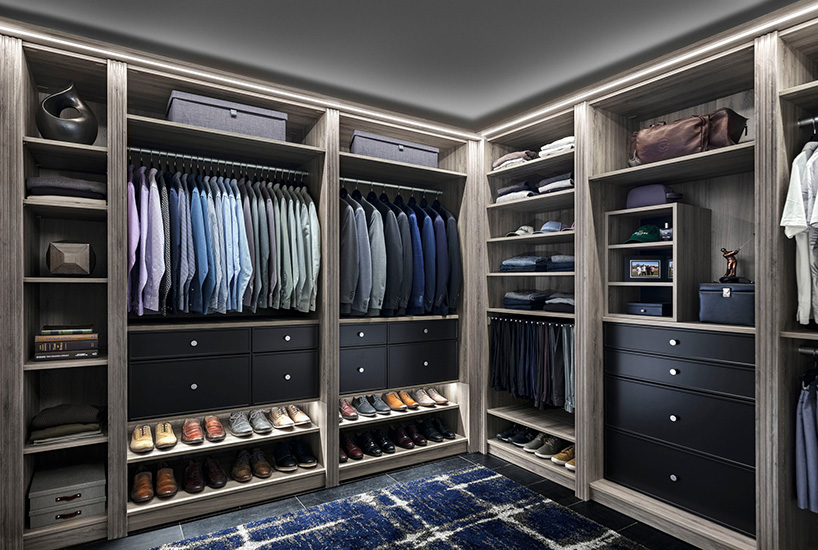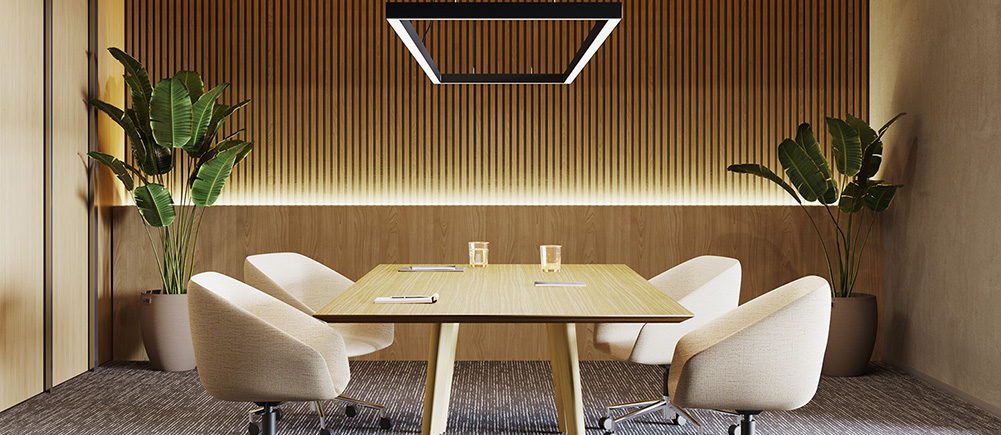Comfort & Collaboration
Providing employees with purposeful seating not only fosters employee well-being and retention, but also elevates your company’s culture. No matter the industry or dimensional constraints, our comprehensive range of seating options caters to your specific needs. With a spectrum of colors, patterns, styles, and ergonomic support features, the possibilities are endless. Our team is dedicated to helping you navigate through these options, offering valuable insights and sparking creativity along the way.
OUR PROCESS TO BRING YOU SUCCESS
CONSULTATION
Your needs take center stage. We begin by asking the right questions to gain a deeper understanding of your space. For residential clients, we ask you to come into our showroom, look around at our products, get to know more about the design possibilities, and then discuss your vision before we create a customized concept drawing.
For commercial & residential clients, we invite you to share your space plans and schedule a meeting, enabling us to comprehensively outline the project's scope.
DESIGN
Next, our skilled team crafts visual mockups, accompanied by an initial budget assessment to fit what you’re looking for. From here, we will make any necessary edits and start focusing on the details. Before beginning your project, the consultant you’re working with will complete a walk through and field measurement of your space as well as answer any additional questions.
DELIVERY & INSTALL
Lead times vary based on project size and material choices. We're proud to uphold a five to eight-week lead time, spanning from the deposit phase to the installation finale. To begin production, we request a minimum deposit of 50% or a purchase order. As installation day approaches, the remaining balance becomes due.
Frequently Asked Questions
How do I choose the right desk chair for comfort and ergonomics?
Choosing the right desk chair for comfort and ergonomics is essential for maintaining good posture and preventing discomfort or pain during extended periods of sitting and enhances your overall productivity and well-being. Here is a guide to help you make the right choice:
- Adjustability: Look for a chair that offers a wide range of adjustability options, including seat height, seat depth, backrest height, tilt angle, and armrest height. This allows you to customize the chair to fit your body properly and support your natural sitting posture.
- Lumbar Support: A good desk chair should provide adequate lumbar support to maintain the natural curve of your spine. Look for chairs with adjustable lumbar support or built-in lumbar support that can be positioned to fit the curve of your lower back.
- Seat Cushioning: Choose a chair with sufficient padding and cushioning to provide comfort during prolonged periods of sitting. However, make sure the cushioning is not too soft, as this can lead to poor posture and discomfort over time.
- Breathable Material: Opt for a chair with a breathable fabric or mesh backrest to help keep you cool and prevent sweating, especially during warmer months or in environments with poor ventilation.
- Armrests: Look for chairs with adjustable armrests that can be raised, lowered, or moved closer together or further apart to support your arms comfortably while typing or resting.
- Swivel and Casters: Ensure the chair has a sturdy swivel base and smooth-rolling casters that allow you to move around your workspace easily without straining or twisting your body.
- Size and Proportions: Consider the size and proportions of the chair in relation to your body size. The seat should be wide and deep enough to accommodate your hips and thighs comfortably, and the backrest should provide adequate support for your entire back.
- Testing: Whenever possible, try out the chair before purchasing it to assess its comfort and adjustability. Sit in the chair for at least 15-20 minutes to get a sense of how it feels and whether it provides the support you need.
What is the difference between hard floor casters and carpet casters for a chair?
The main difference between hard-floor casters and carpet casters for chairs lies in their design and intended use on diverse types of flooring surfaces. Here is a breakdown of each:
Hard-Floor Casters:
- Hard-floor casters are specifically designed for use on smooth, hard-flooring surfaces such as hardwood, tile, laminate, vinyl, or concrete.
- These casters typically have a softer, rubberized, or polyurethane coating on the wheel surface to provide traction and prevent scratching or damaging the floor.
- The softer material of hard floor casters helps to grip the floor surface without leaving marks or causing excessive wear and tear.
- They are ideal for office chairs or furniture used in environments with hard flooring, providing smooth and quiet movement without causing damage to the floor finish.
Carpet Casters:
- Carpet casters are designed for use on carpeted surfaces, including low-pile or high-pile carpets.
- These casters usually have a larger wheel diameter and a harder surface material, such as nylon or hard plastic, which allows them to roll more easily over carpet fibers.
- The larger wheel size helps to distribute weight more evenly and prevents the chair from sinking into the carpet pile, which can make movement difficult.
- Carpet casters are typically equipped with a slightly more aggressive tread pattern or shape to provide better traction and prevent slippage on carpeted surfaces.
Are there assorted color or upholstery options available to suit my preferences and complement the overall design?
Great question! Many economical chair lines that are budget-friendly usually only have one (black) or a few color options to choose from. The more durable commercial lines provide the ability to “build your chair.” The main chair line that Minnesota Office Furniture carries has a “Chair Designer” feature that lets you customize your specific chair with fabric, frame colors, base styles, arms, and lumbar support to get exactly what you are looking for.
What is the warranty for the chairs?
Economical chair lines typically have a warranty/life cycle of five (5) years. The first part of the chair that usually gives way is the cylinder or height mechanism. Have you ever been in a meeting and you start slowly sliding down? Yup, that’s it!
Commercial-grade quality chairs have a limited lifetime warranty. This means that if any mechanical parts go bad within your lifetime, they will be replaced it. It should be the last chair you ever purchase. However, if you cut the fabric with a pocketknife, for example, that would not be under warranty. Minnesota Office Furniture's main chair line has a limited lifetime warranty on all their chairs.

